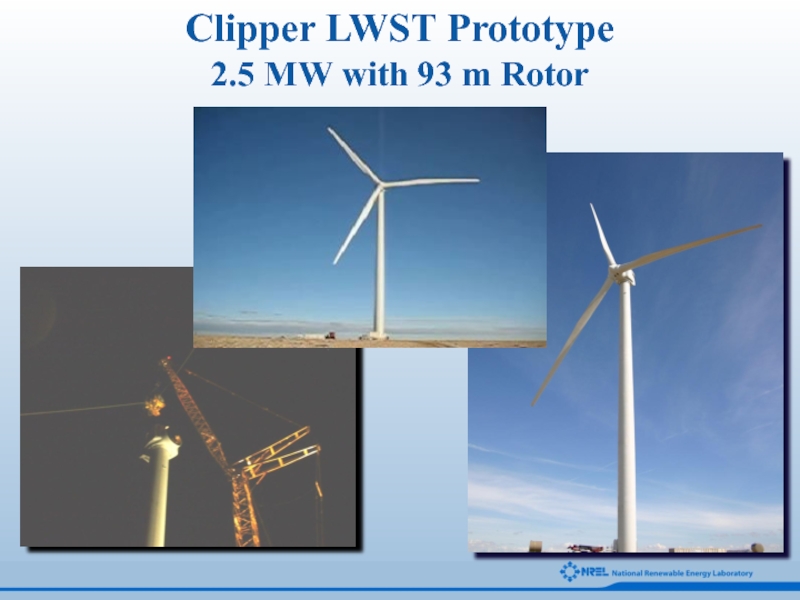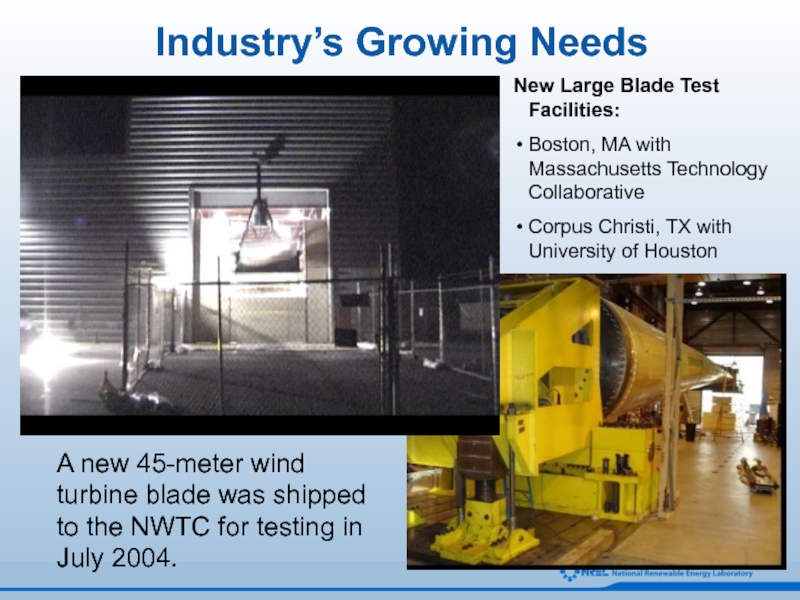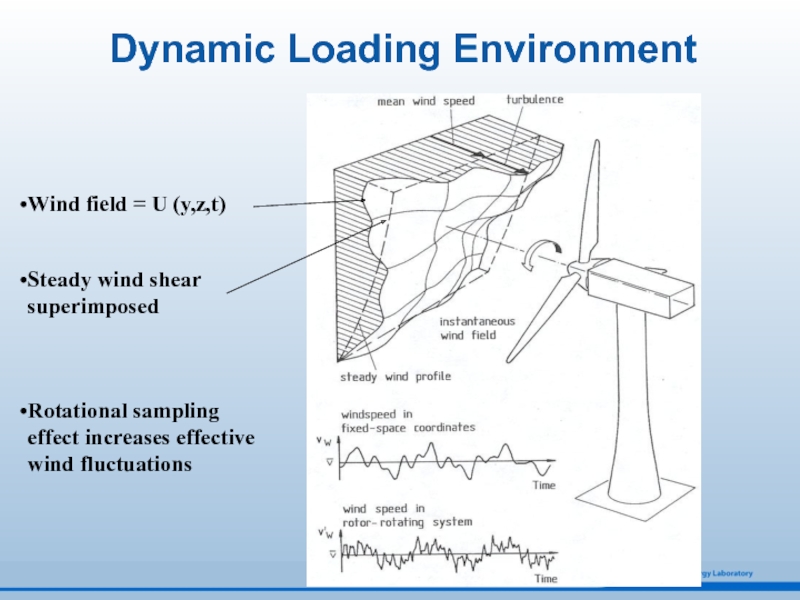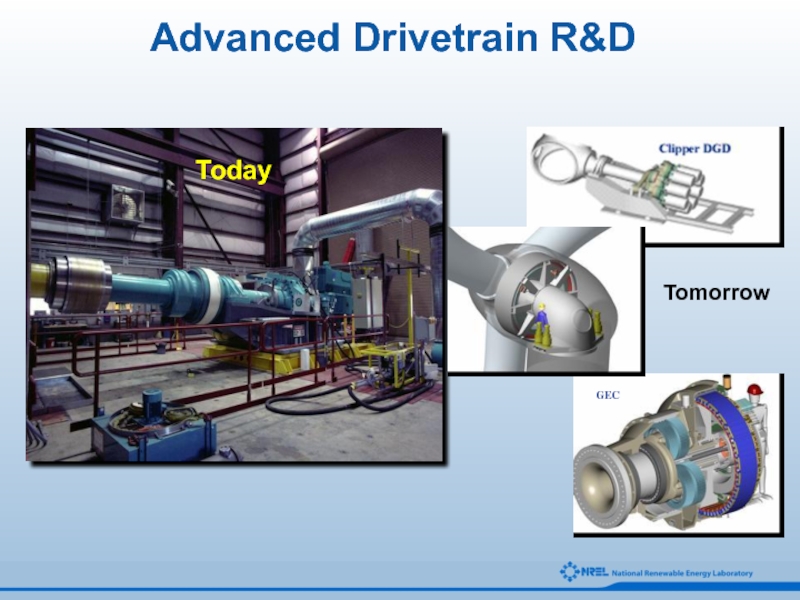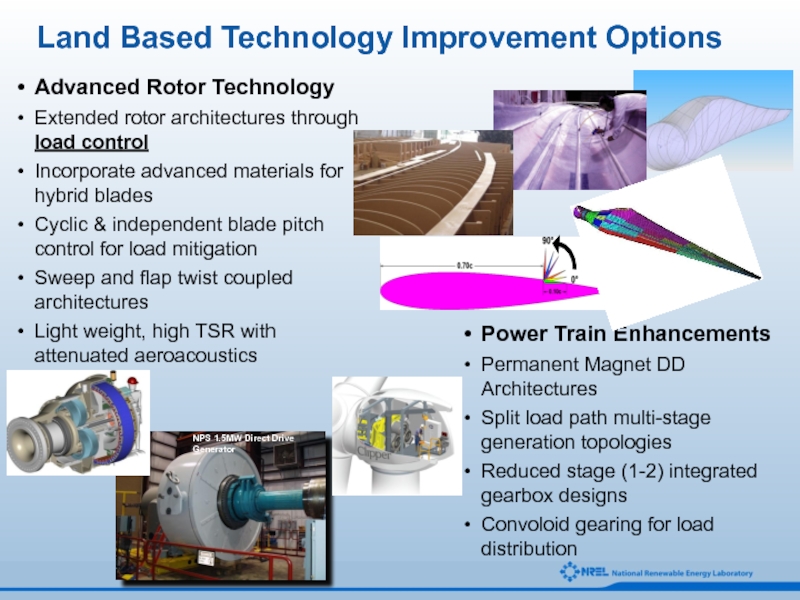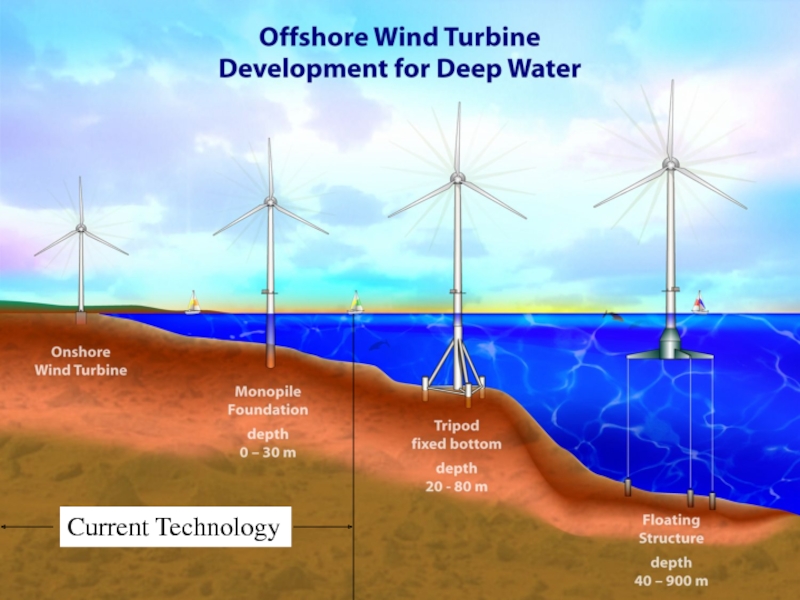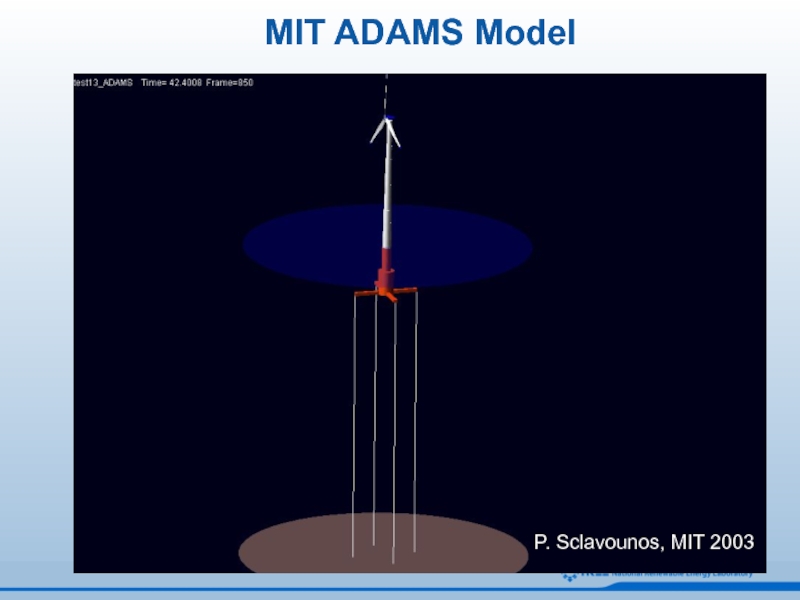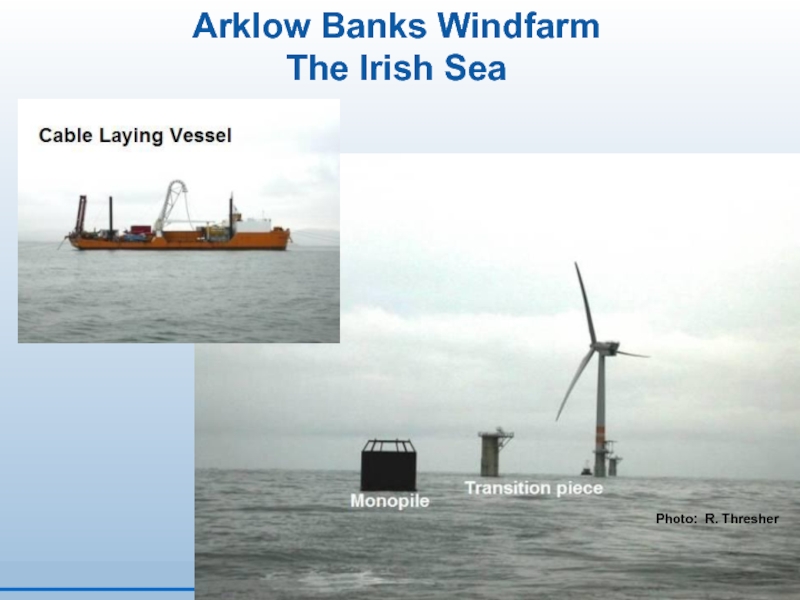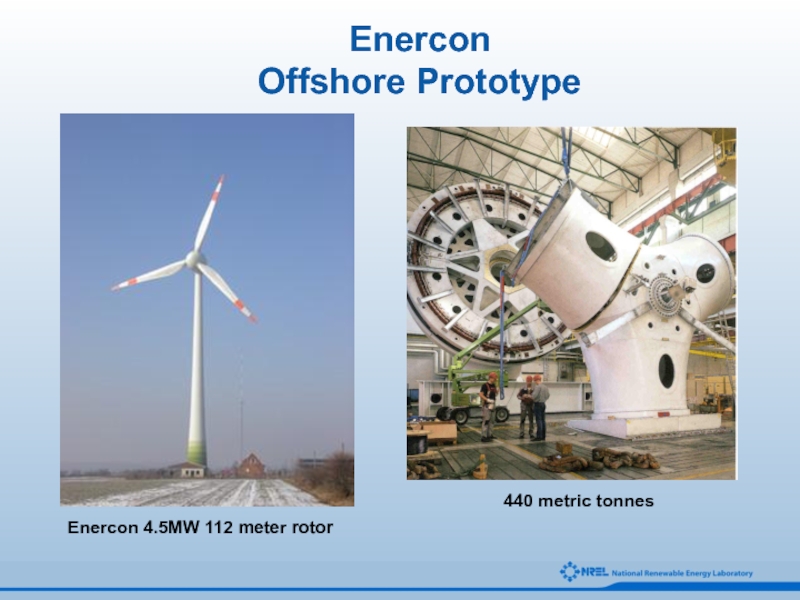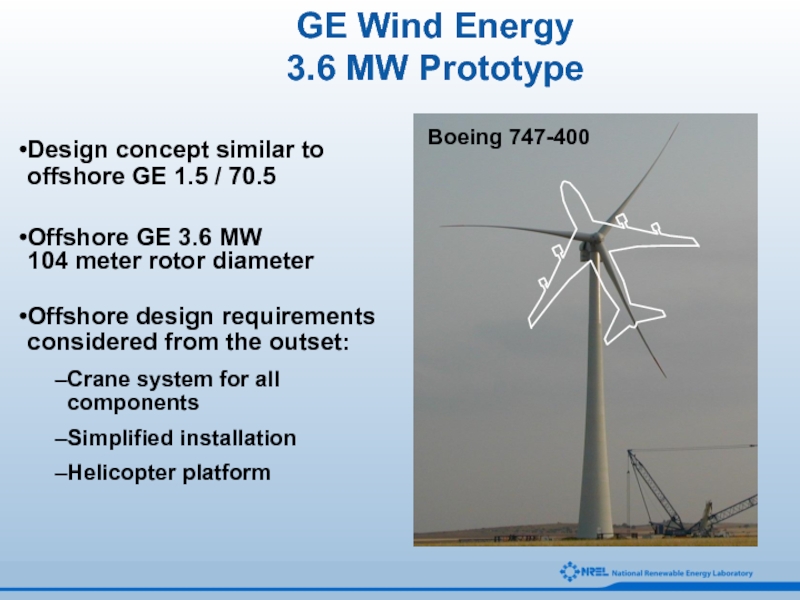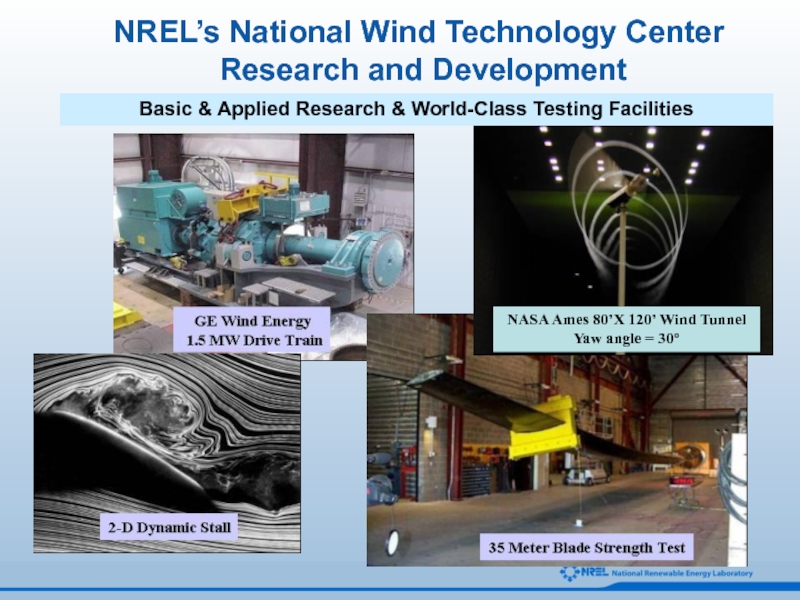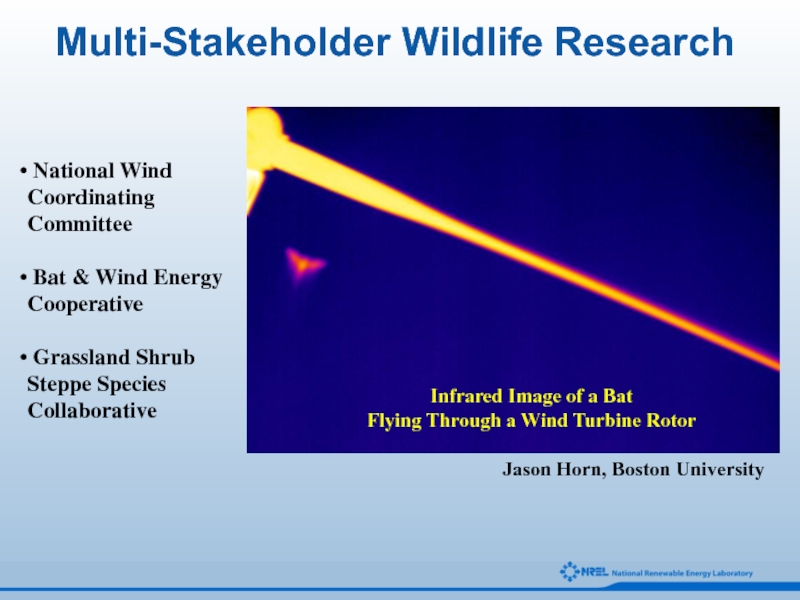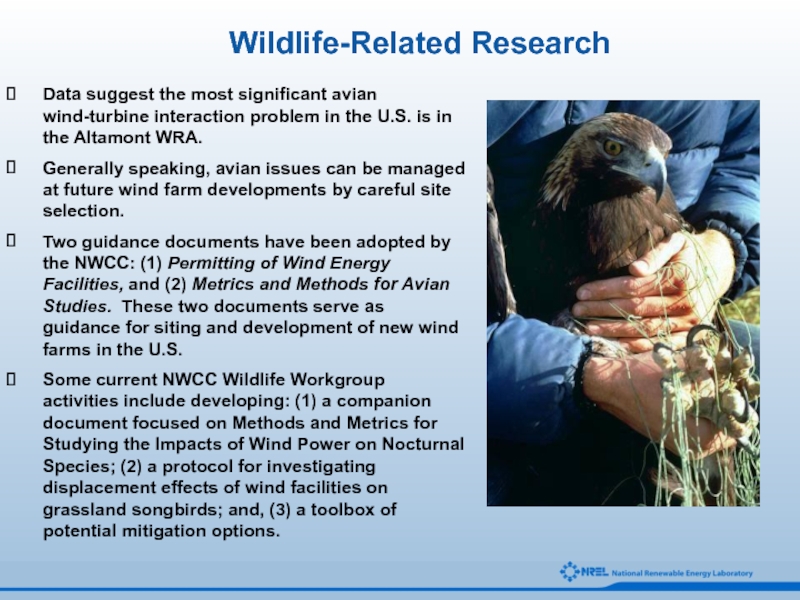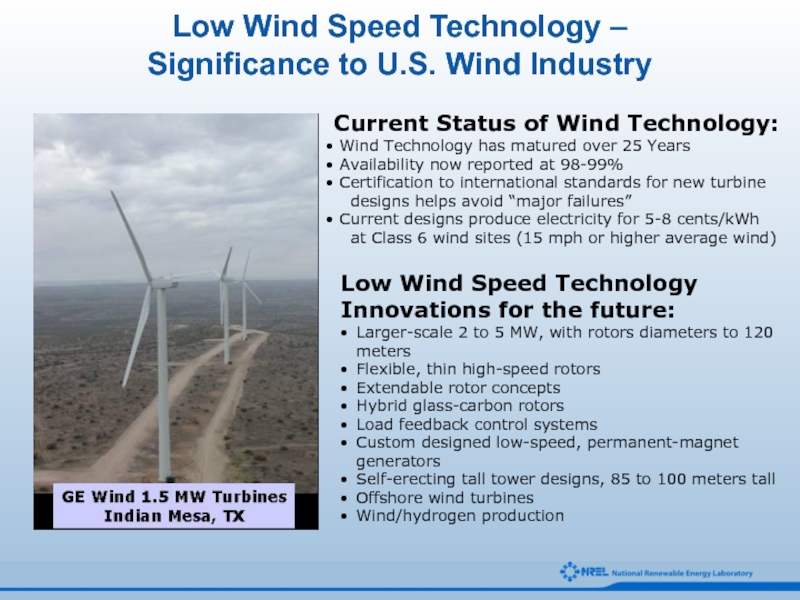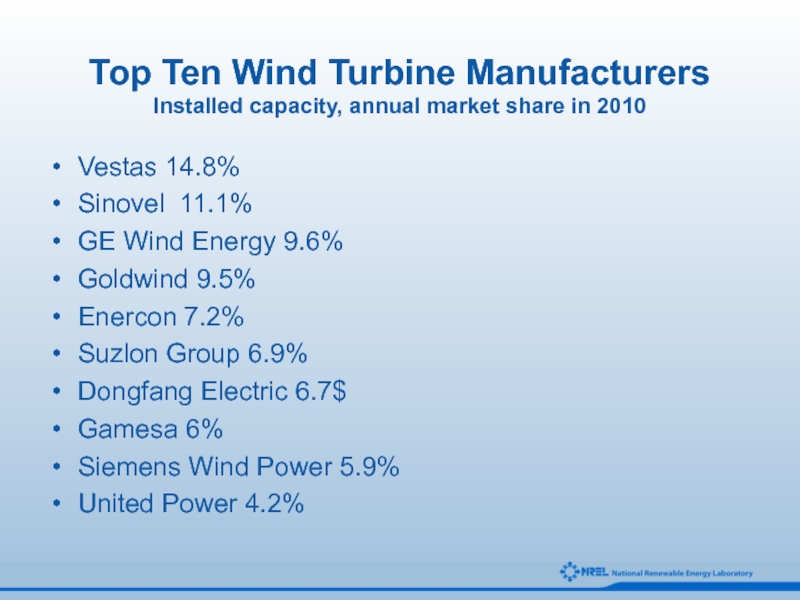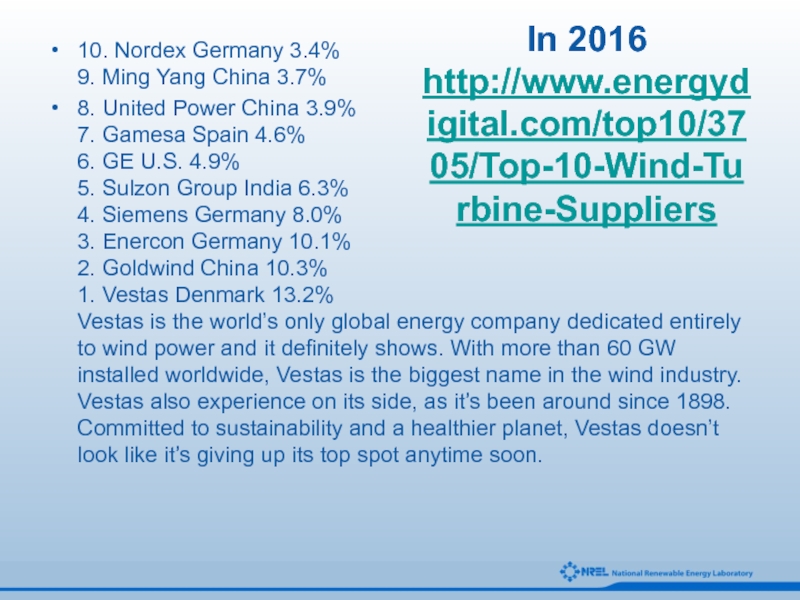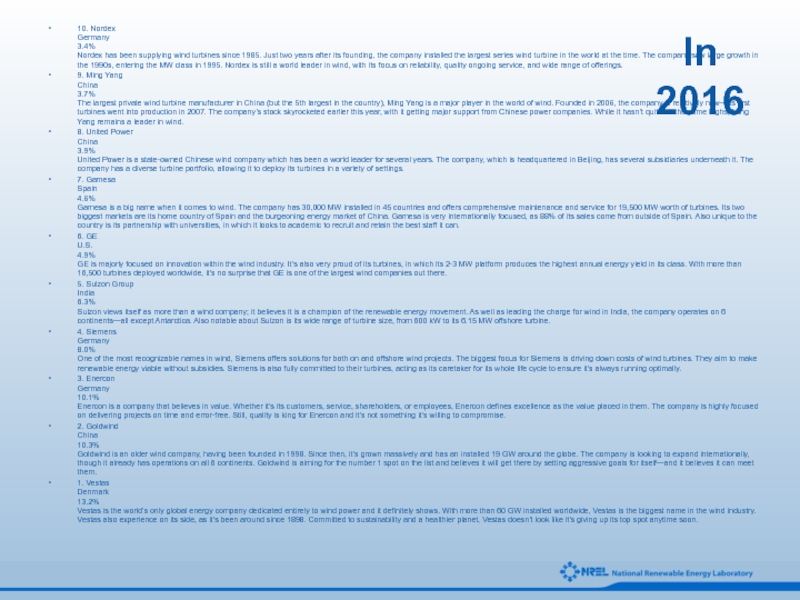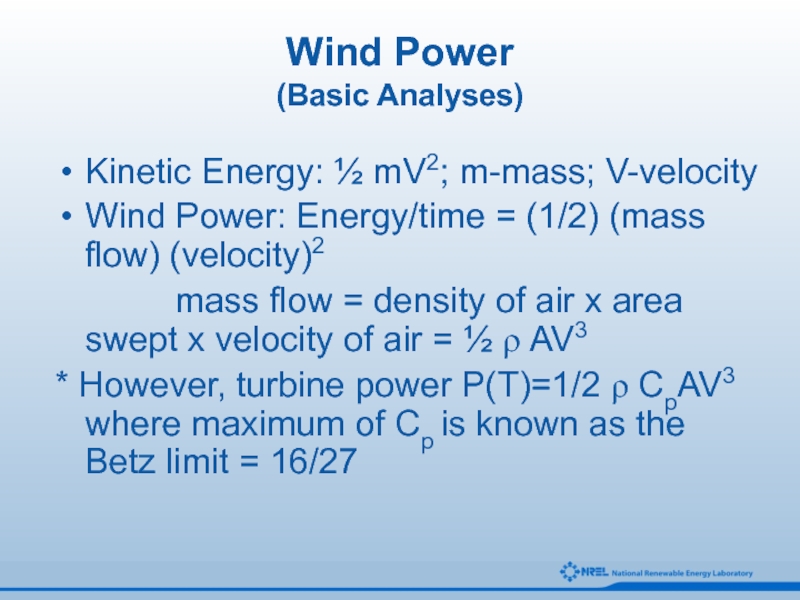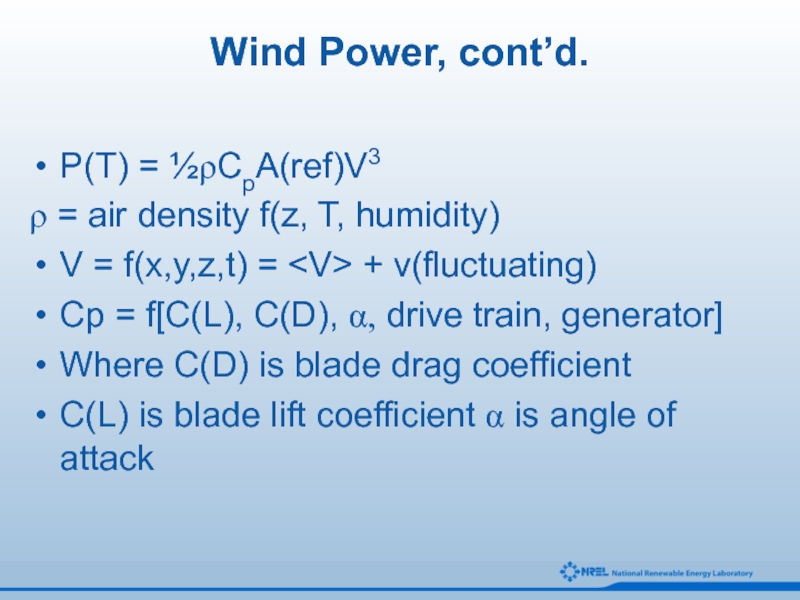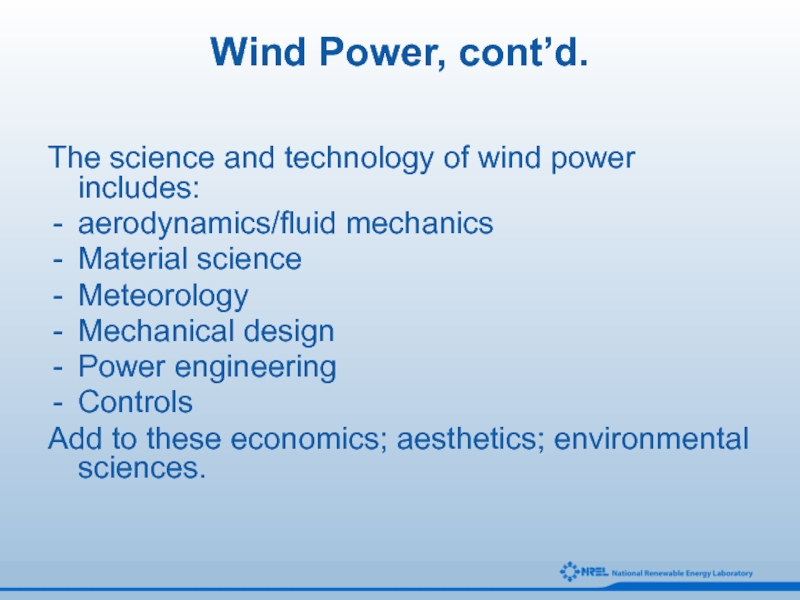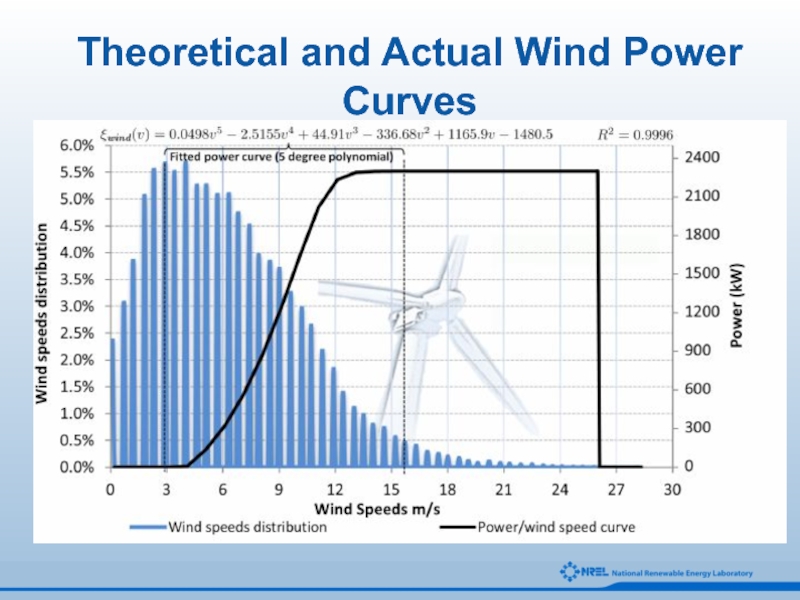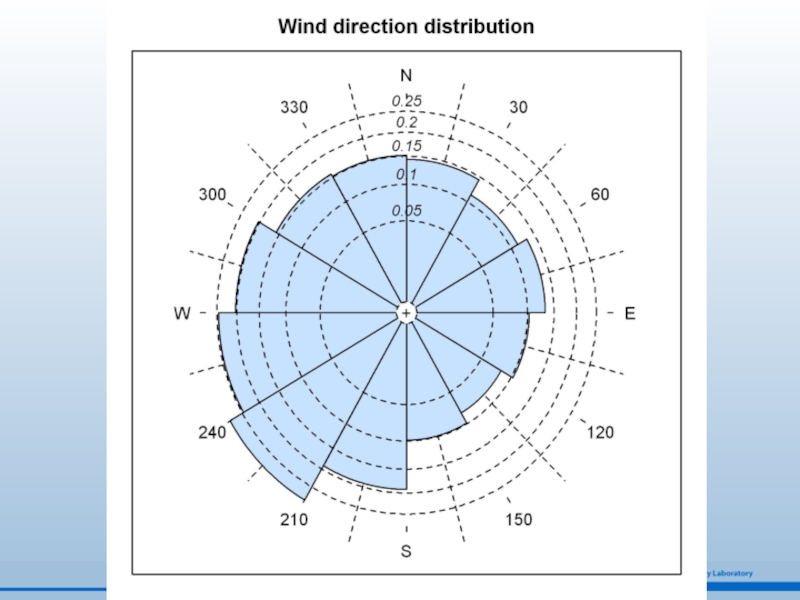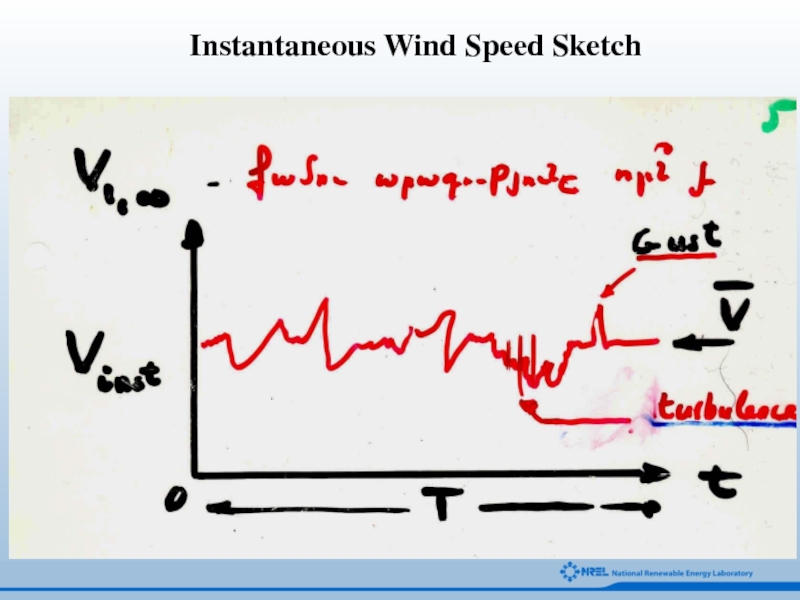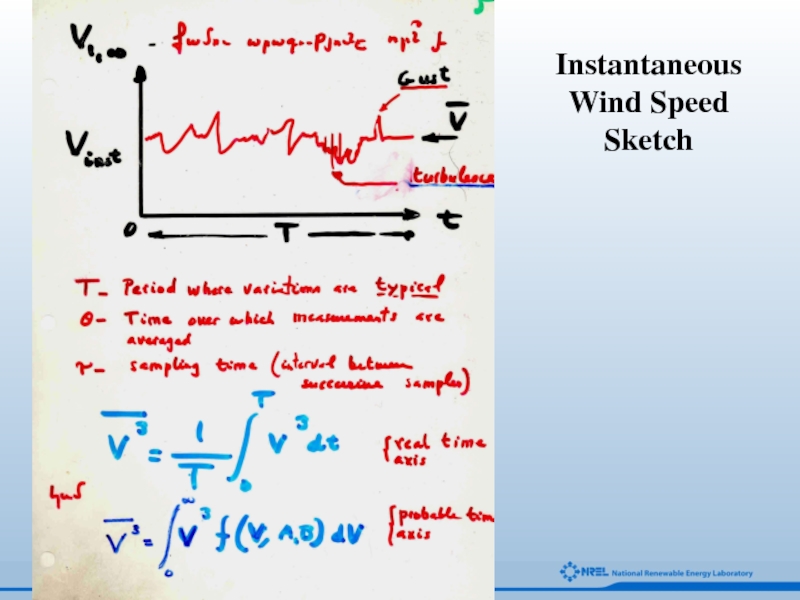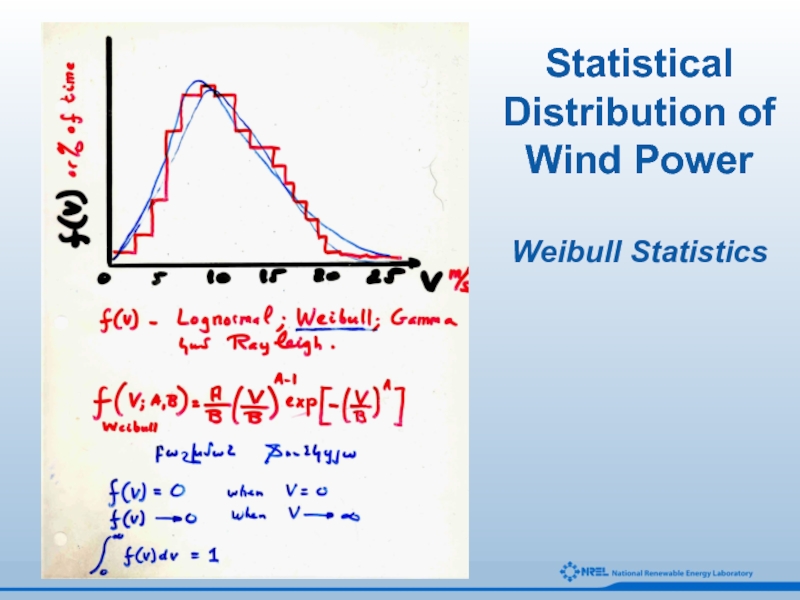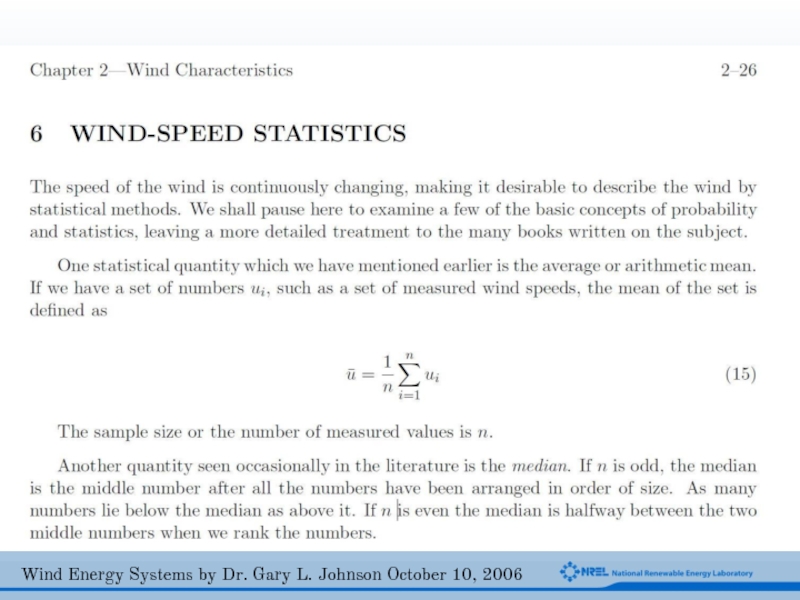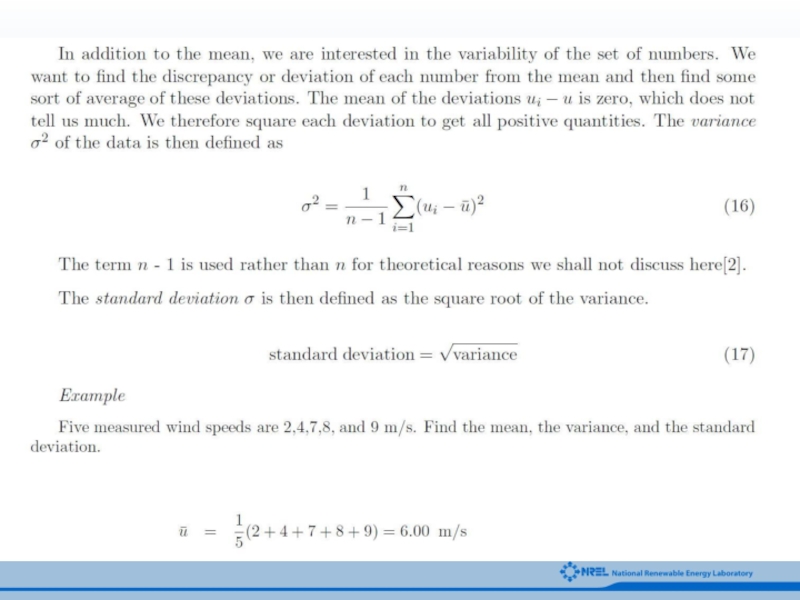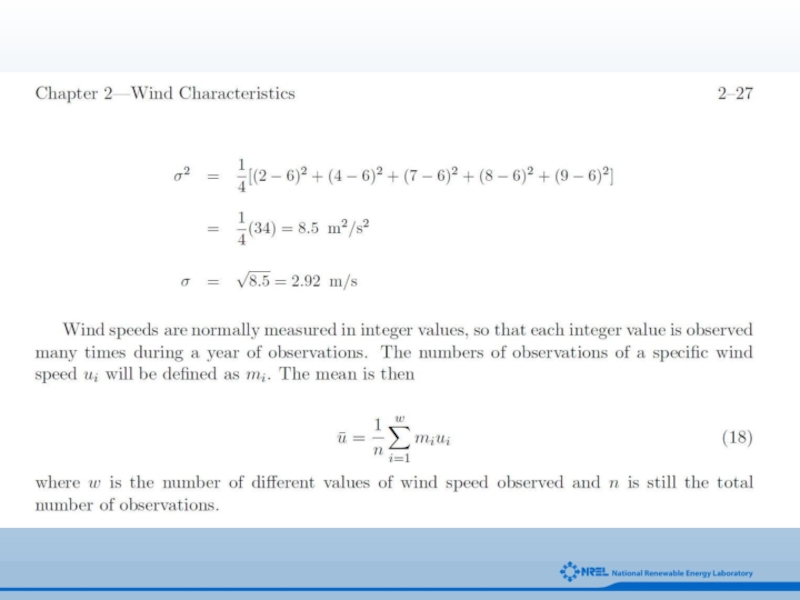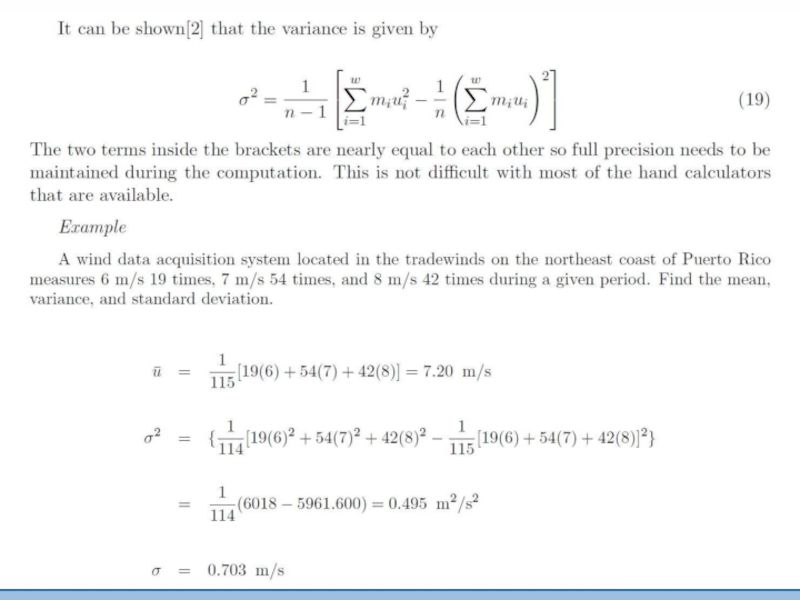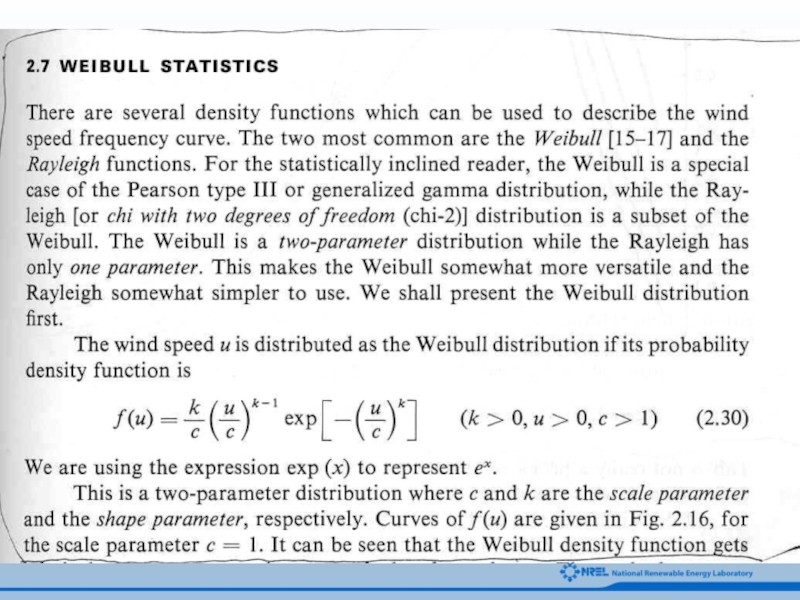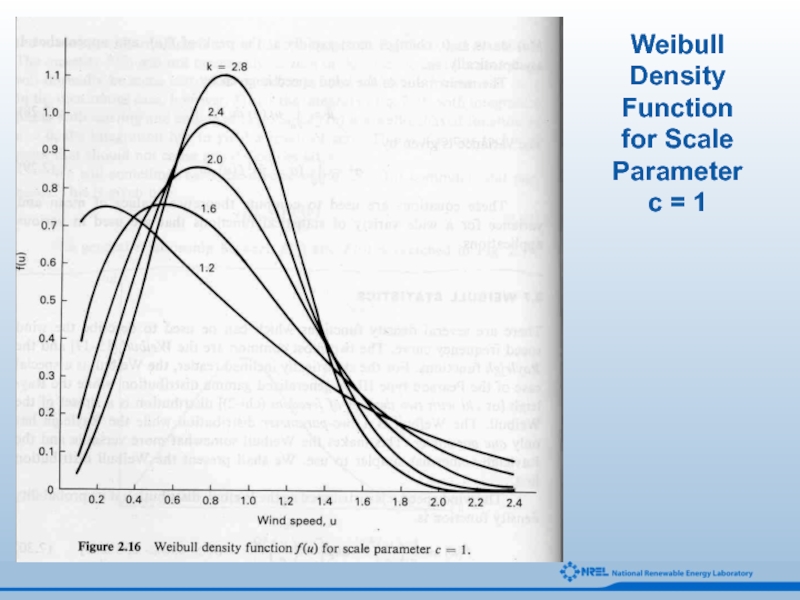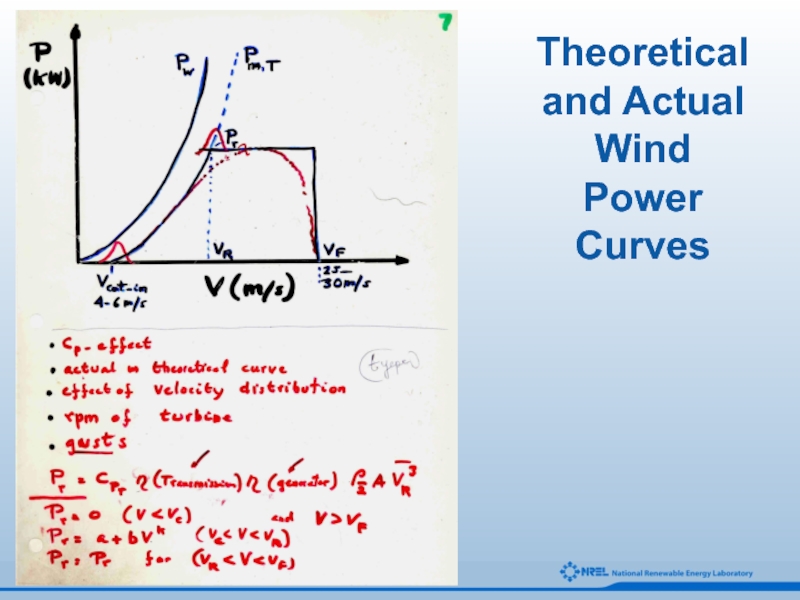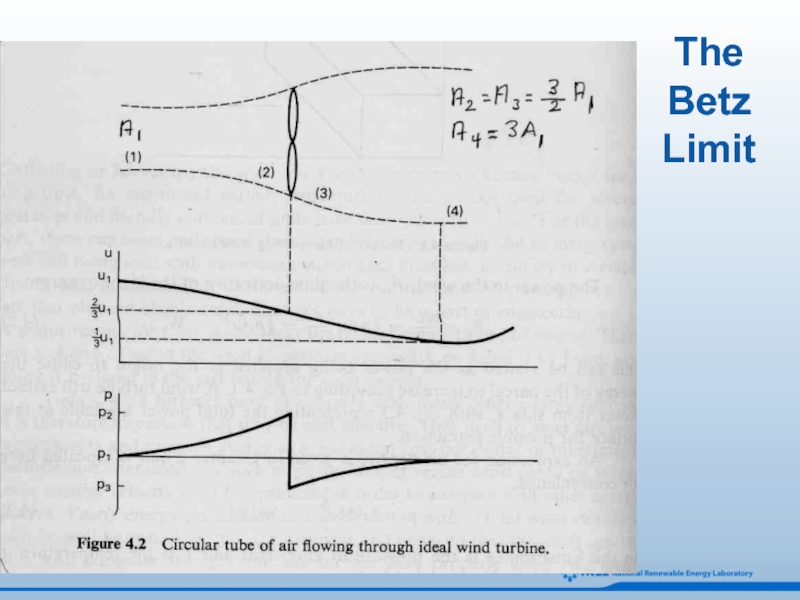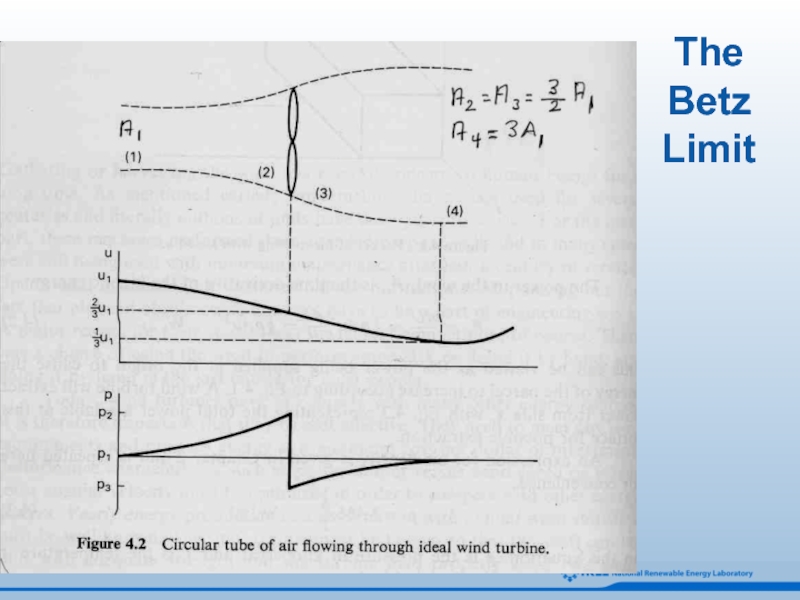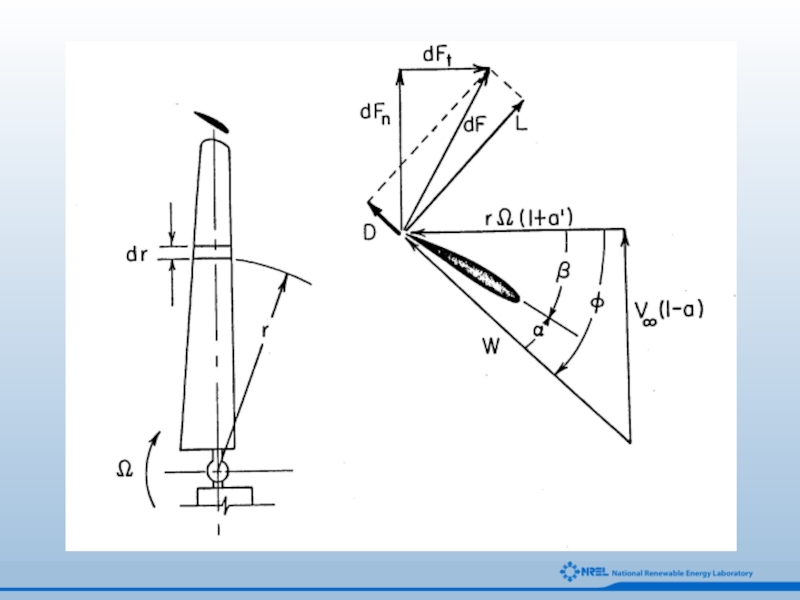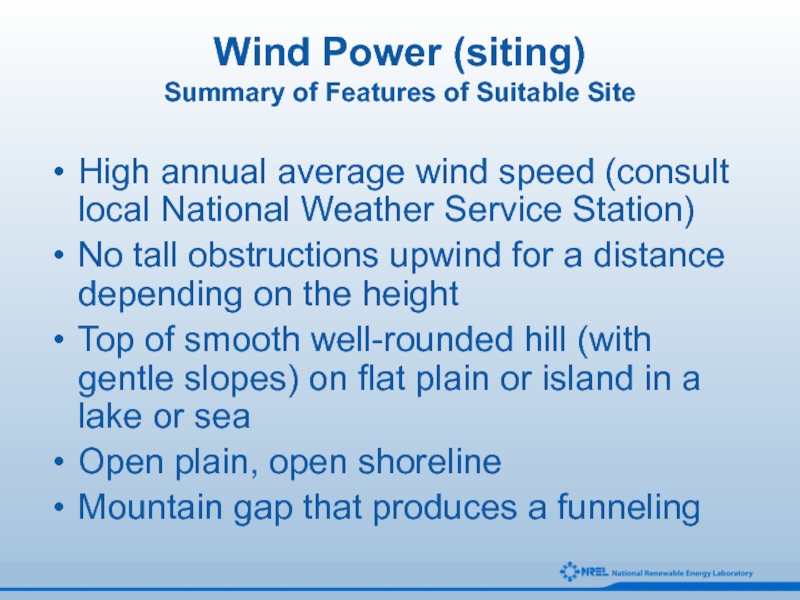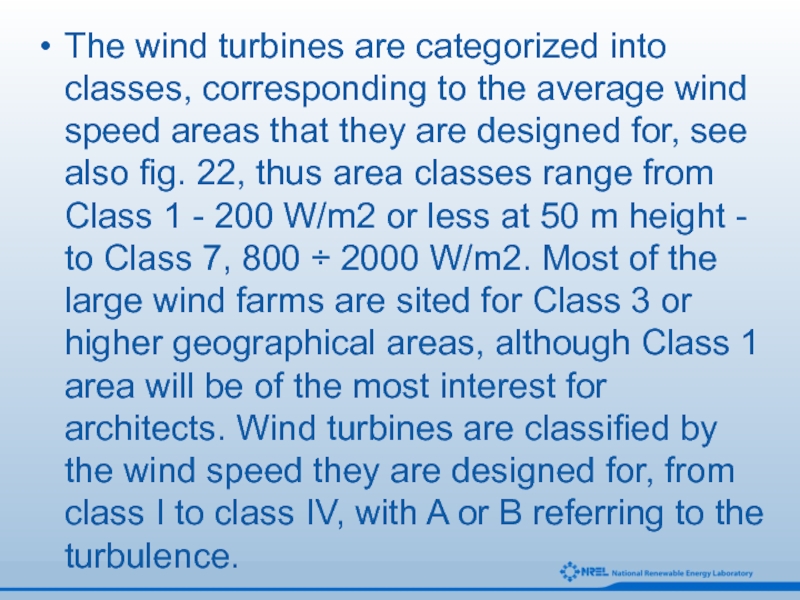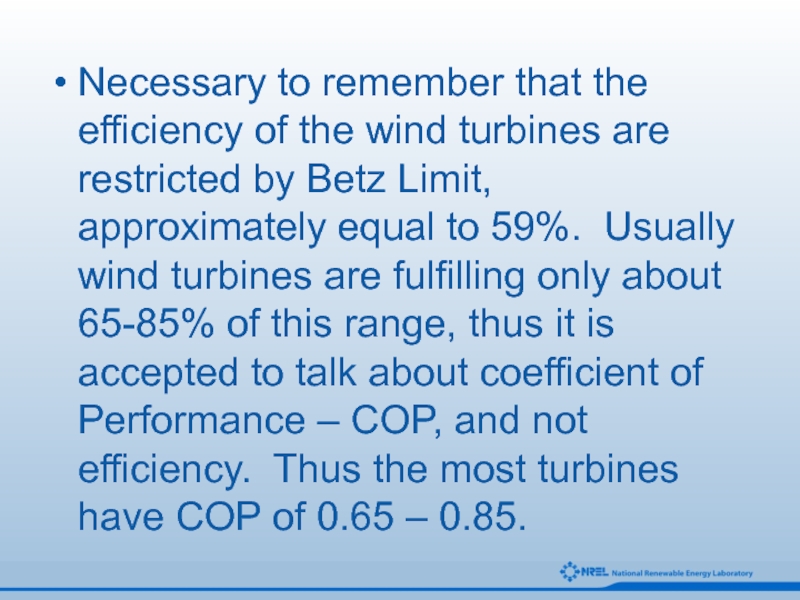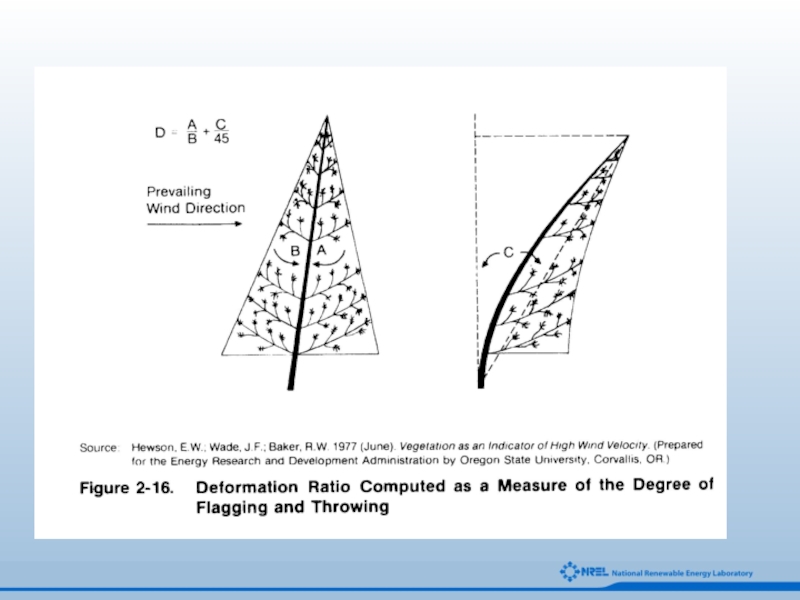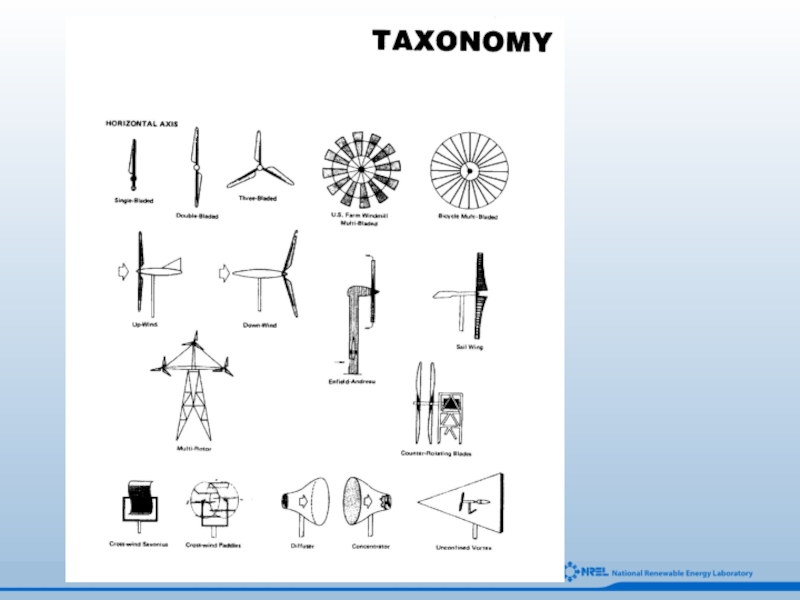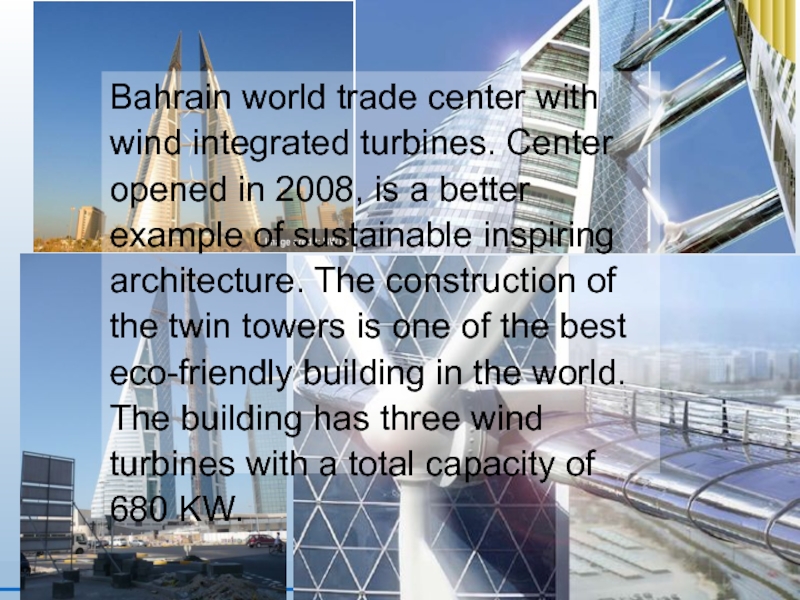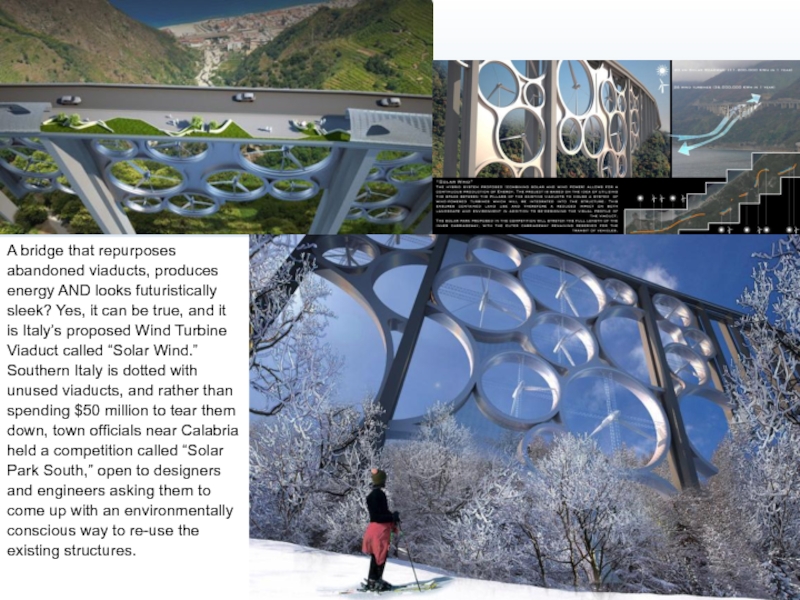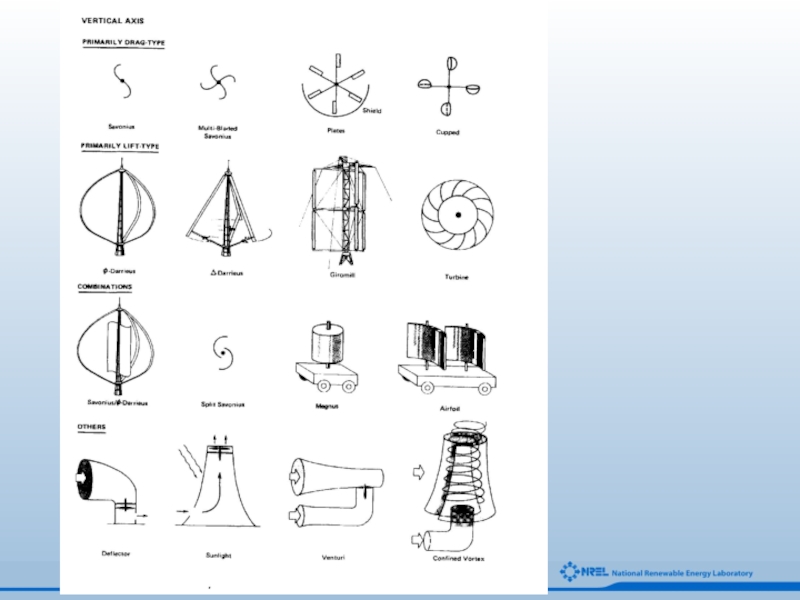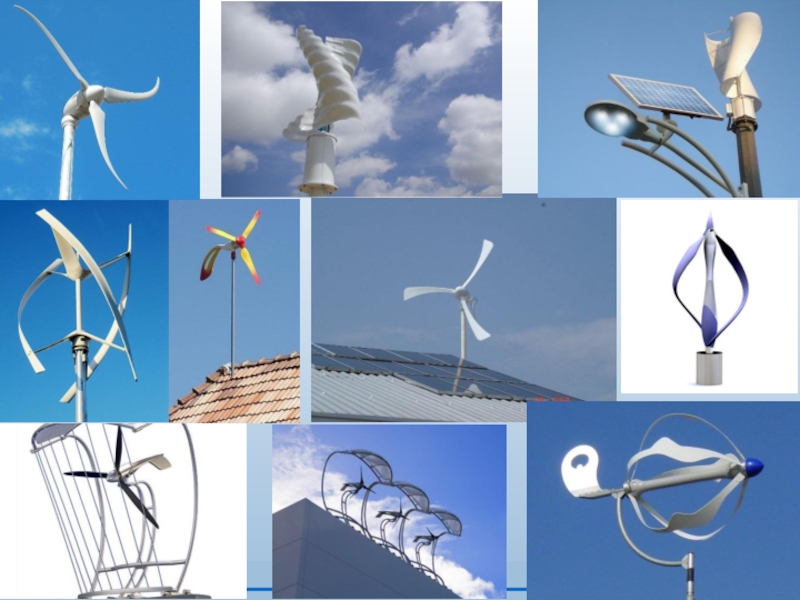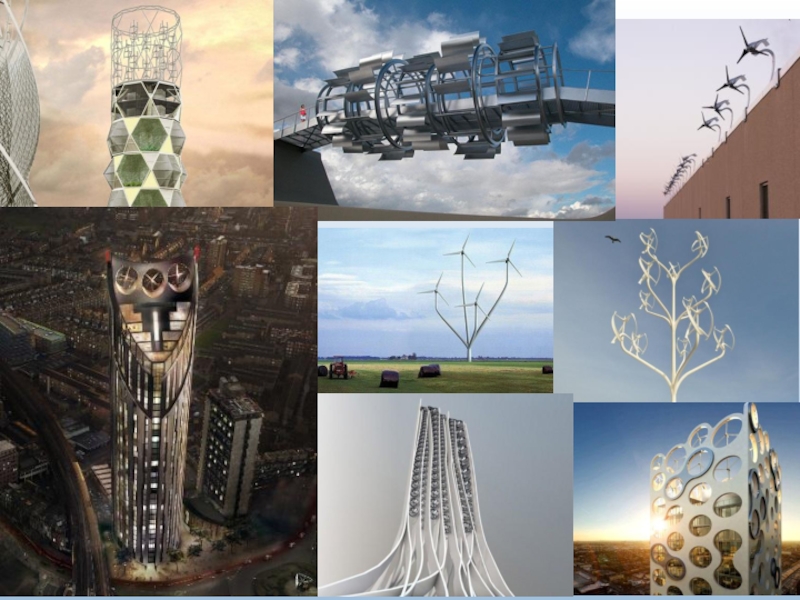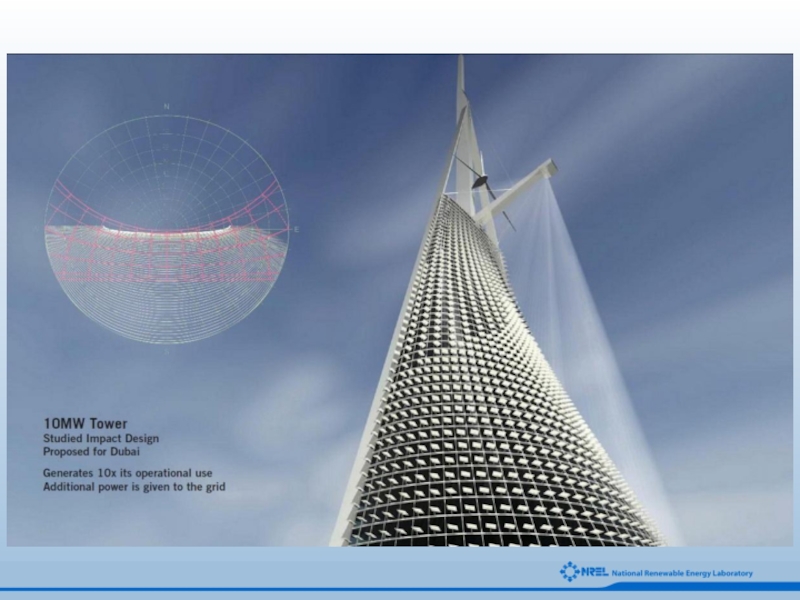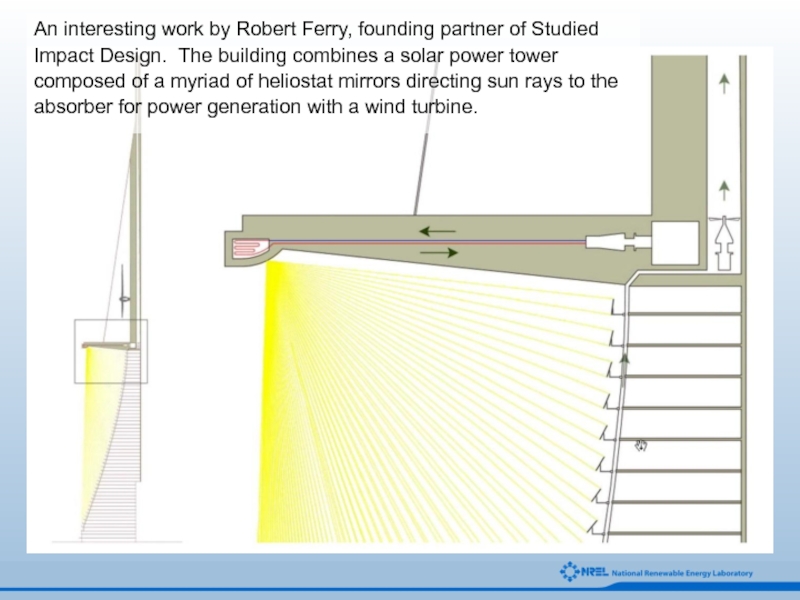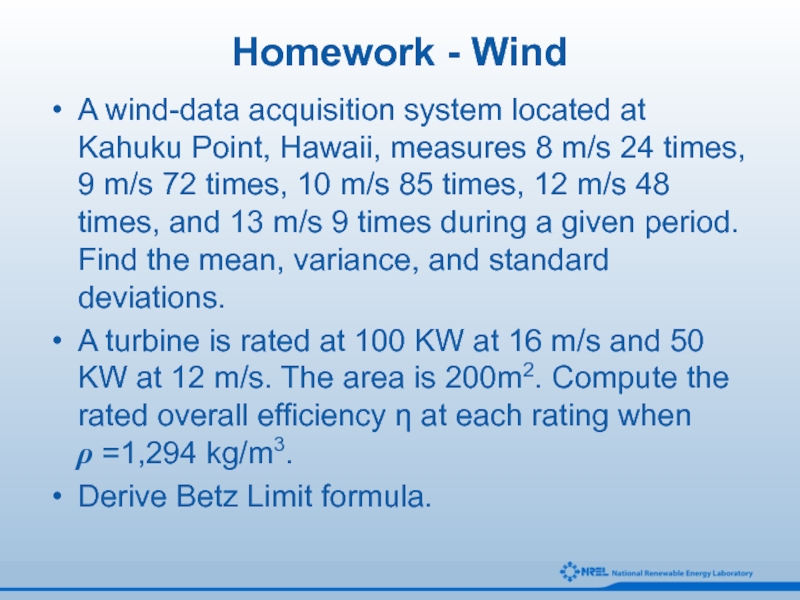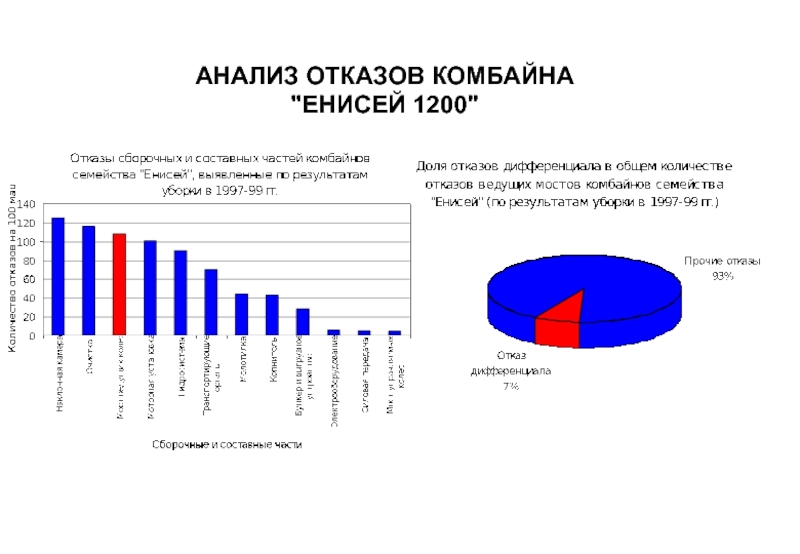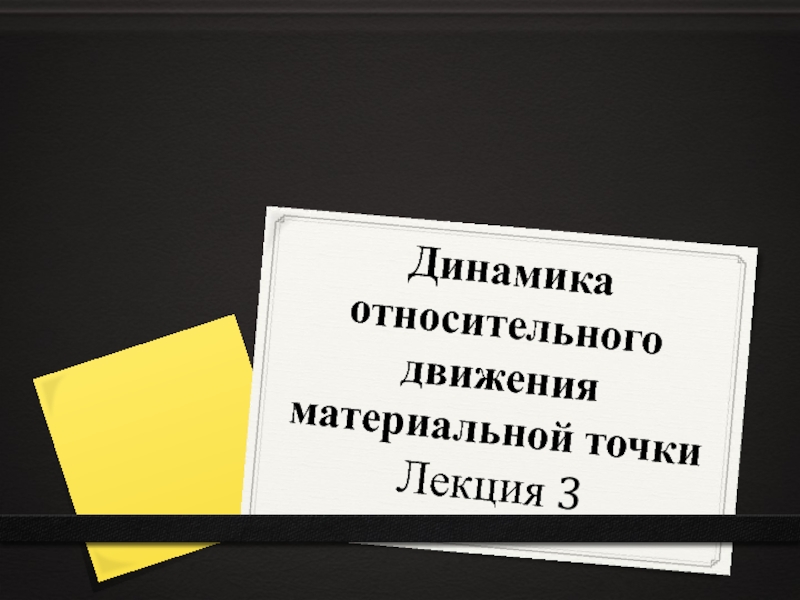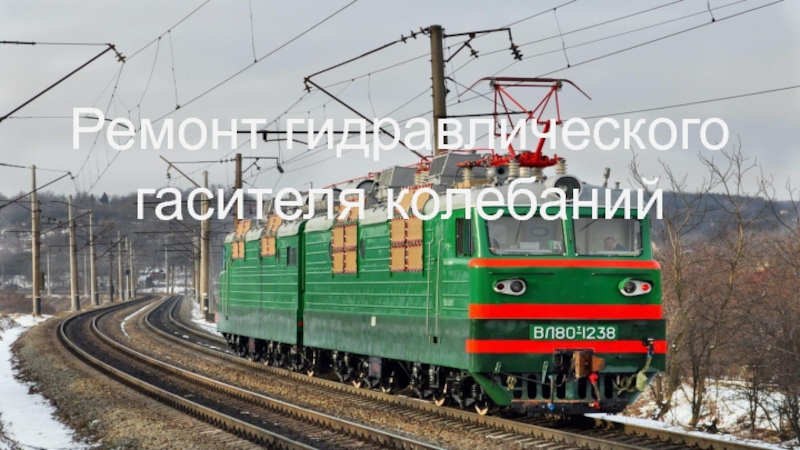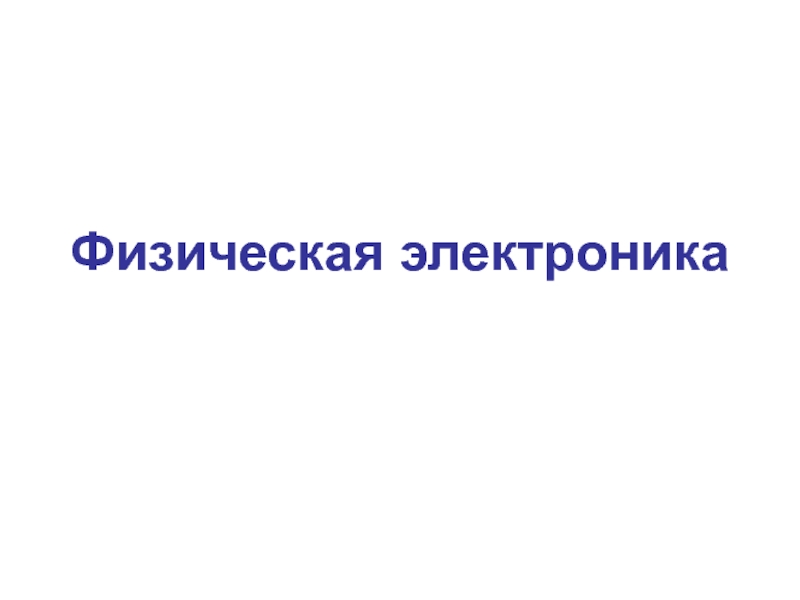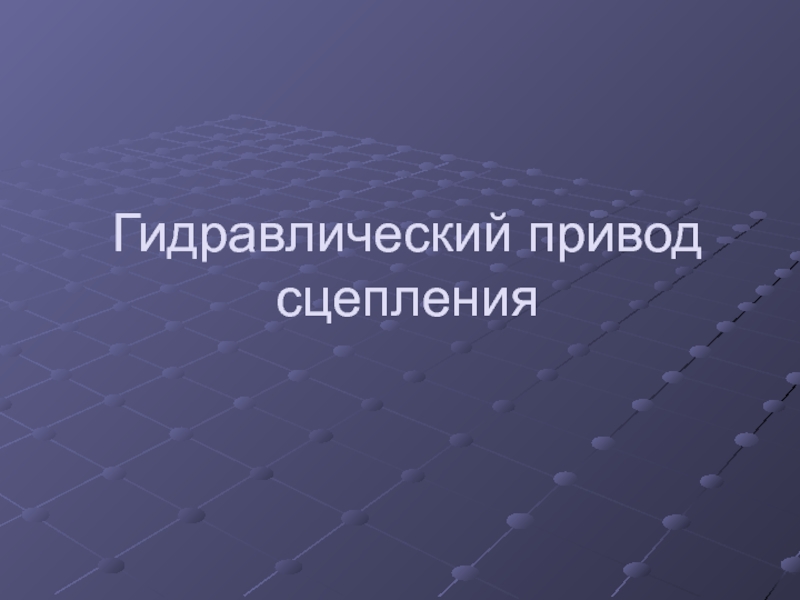- Главная
- Разное
- Дизайн
- Бизнес и предпринимательство
- Аналитика
- Образование
- Развлечения
- Красота и здоровье
- Финансы
- Государство
- Путешествия
- Спорт
- Недвижимость
- Армия
- Графика
- Культурология
- Еда и кулинария
- Лингвистика
- Английский язык
- Астрономия
- Алгебра
- Биология
- География
- Детские презентации
- Информатика
- История
- Литература
- Маркетинг
- Математика
- Медицина
- Менеджмент
- Музыка
- МХК
- Немецкий язык
- ОБЖ
- Обществознание
- Окружающий мир
- Педагогика
- Русский язык
- Технология
- Физика
- Философия
- Химия
- Шаблоны, картинки для презентаций
- Экология
- Экономика
- Юриспруденция
Wind Energy Technology. (Lecture 8) презентация
Содержание
- 4. National Wind Technology Center Jim Johnson August 27, 2008 Arvada Rotary Meeting
- 5. Wind Energy Technology At it’s simplest, the
- 9. Growing to Support the Needs of Industry
- 10. Wind Resource Mapping Identifies most promising areas
- 11. Conceptual Transmission Overlay
- 13. 2 4 6 8
- 14. Clipper LWST Prototype 2.5 MW with 93 m Rotor
- 15. Industry’s Growing Needs A new 45-meter wind
- 16. Wind field = U (y,z,t) Steady
- 17. Advanced Drivetrain R&D Today Tomorrow GEC NPS
- 18. Land Based Technology Improvement Options Advanced Rotor
- 19. Deep Water Wind Turbine Development Current Technology
- 20. MIT ADAMS Model P. Sclavounos, MIT 2003
- 21. Arklow Banks Windfarm The Irish Sea Photo: R. Thresher
- 22. 440 metric tonnes Enercon 4.5MW 112 meter rotor Enercon Offshore Prototype
- 23. Design concept similar to offshore GE 1.5
- 24. NREL’s National Wind Technology
- 25. Infrared Image of a Bat Flying
- 26. Wildlife-Related Research Data suggest the most significant
- 27. Low Wind Speed Technology – Significance
- 28. Top Ten Wind Turbine Manufacturers Installed capacity,
- 29. In 2016 http://www.energydigital.com/top10/3705/Top-10-Wind-Turbine-Suppliers 10. Nordex Germany
- 30. In 2016 10. Nordex Germany 3.4% Nordex
- 31. Wind Power (Basic Analyses) Kinetic Energy: ½
- 32. Wind Power, cont’d. P(T) = ½ρCpA(ref)V3 ρ
- 33. Wind Power, cont’d. The science and technology
- 34. Theoretical and Actual Wind Power Curves
- 36. Instantaneous Wind Speed Sketch
- 37. Instantaneous Wind Speed Sketch
- 38. Statistical Distribution of Wind Power Weibull Statistics
- 39. Wind Energy Systems by Dr. Gary L. Johnson October 10, 2006
- 44. Weibull Density Function for Scale Parameter c = 1
- 45. Theoretical and Actual Wind Power Curves
- 46. The Betz Limit
- 47. The Betz Limit
- 49. Wind Power (siting) Summary of Features of
- 50. The wind turbines are categorized into classes,
- 51. Necessary to remember that the efficiency of
- 55. Bahrain world trade center with wind
- 56. A bridge that repurposes abandoned
- 61. An interesting work by Robert Ferry, founding
- 62. Homework - Wind A wind-data acquisition system
Слайд 5Wind Energy Technology
At it’s simplest, the wind turns the turbine’s blades,
Слайд 9Growing to Support the Needs of Industry
Wind Resource Maps for North
1987
2000
Слайд 10Wind Resource Mapping
Identifies most promising areas for wind energy development
Employs geographic
Used by state energy planners, Indian tribes, and developers
Approach changing from empirical to numerical modeling techniques
Forecasting, resource assessment and site specific inflow quantification methods are likely to converge into a single approach
Слайд 13
2
4
6
8
10
12
1990
COE (¢/kWh [constant 2000 $])
Low wind speed sites
1995
2000
2005
2010
2015
2020
High wind
speed sites
New Bulk
2007: New Wind
Depreciated Coal
Depreciated Wind
Natural Gas (fuel only)
Wind Cost of Energy
Слайд 15Industry’s Growing Needs
A new 45-meter wind turbine blade was shipped to
New Large Blade Test Facilities:
Boston, MA with Massachusetts Technology Collaborative
Corpus Christi, TX with University of Houston
Слайд 16Wind field = U (y,z,t)
Steady wind shear superimposed
Rotational sampling effect increases
Dynamic Loading Environment
Слайд 18Land Based Technology Improvement Options
Advanced Rotor Technology
Extended rotor architectures through
Incorporate advanced materials for hybrid blades
Cyclic & independent blade pitch control for load mitigation
Sweep and flap twist coupled architectures
Light weight, high TSR with attenuated aeroacoustics
Power Train Enhancements
Permanent Magnet DD Architectures
Split load path multi-stage generation topologies
Reduced stage (1-2) integrated gearbox designs
Convoloid gearing for load distribution
Слайд 23Design concept similar to
offshore GE 1.5 / 70.5
Offshore GE 3.6 MW
Offshore design requirements considered from the outset:
Crane system for all components
Simplified installation
Helicopter platform
GE Wind Energy
3.6 MW Prototype
Boeing 747-400
Слайд 24
NREL’s National Wind Technology Center
Research and Development
Basic & Applied Research
NASA Ames 80’X 120’ Wind Tunnel
Yaw angle = 30°
Слайд 25Infrared Image of a Bat
Flying Through a Wind Turbine Rotor
Multi-Stakeholder
National Wind Coordinating Committee
Bat & Wind Energy Cooperative
Grassland Shrub Steppe Species Collaborative
Jason Horn, Boston University
Слайд 26Wildlife-Related Research
Data suggest the most significant avian wind-turbine interaction problem in
Generally speaking, avian issues can be managed at future wind farm developments by careful site selection.
Two guidance documents have been adopted by the NWCC: (1) Permitting of Wind Energy Facilities, and (2) Metrics and Methods for Avian Studies. These two documents serve as guidance for siting and development of new wind farms in the U.S.
Some current NWCC Wildlife Workgroup activities include developing: (1) a companion document focused on Methods and Metrics for Studying the Impacts of Wind Power on Nocturnal Species; (2) a protocol for investigating displacement effects of wind facilities on grassland songbirds; and, (3) a toolbox of potential mitigation options.
Слайд 27Low Wind Speed Technology –
Significance to U.S. Wind Industry
Current Status
Wind Technology has matured over 25 Years
Availability now reported at 98-99%
Certification to international standards for new turbine
designs helps avoid “major failures”
Current designs produce electricity for 5-8 cents/kWh
at Class 6 wind sites (15 mph or higher average wind)
Low Wind Speed Technology
Innovations for the future:
Larger-scale 2 to 5 MW, with rotors diameters to 120 meters
Flexible, thin high-speed rotors
Extendable rotor concepts
Hybrid glass-carbon rotors
Load feedback control systems
Custom designed low-speed, permanent-magnet generators
Self-erecting tall tower designs, 85 to 100 meters tall
Offshore wind turbines
Wind/hydrogen production
Слайд 28Top Ten Wind Turbine Manufacturers
Installed capacity, annual market share in 2010
Vestas
Sinovel 11.1%
GE Wind Energy 9.6%
Goldwind 9.5%
Enercon 7.2%
Suzlon Group 6.9%
Dongfang Electric 6.7$
Gamesa 6%
Siemens Wind Power 5.9%
United Power 4.2%
Слайд 29In 2016
http://www.energydigital.com/top10/3705/Top-10-Wind-Turbine-Suppliers
10. Nordex Germany 3.4%
9. Ming Yang China 3.7%
8. United
Слайд 30In 2016
10. Nordex
Germany
3.4%
Nordex has been supplying wind turbines since 1985. Just
9. Ming Yang China 3.7% The largest private wind turbine manufacturer in China (but the 5th largest in the country), Ming Yang is a major player in the world of wind. Founded in 2006, the company is relatively new—its first turbines went into production in 2007. The company’s stock skyrocketed earlier this year, with it getting major support from Chinese power companies. While it hasn’t quite hit the same highs, Ming Yang remains a leader in wind.
8. United Power China 3.9% United Power is a state-owned Chinese wind company which has been a world leader for several years. The company, which is headquartered in Beijing, has several subsidiaries underneath it. The company has a diverse turbine portfolio, allowing it to deploy its turbines in a variety of settings.
7. Gamesa Spain 4.6% Gamesa is a big name when it comes to wind. The company has 30,000 MW installed in 45 countries and offers comprehensive maintenance and service for 19,500 MW worth of turbines. Its two biggest markets are its home country of Spain and the burgeoning energy market of China. Gamesa is very internationally focused, as 88% of its sales come from outside of Spain. Also unique to the country is its partnership with universities, in which it looks to academic to recruit and retain the best staff it can.
6. GE U.S. 4.9% GE is majorly focused on innovation within the wind industry. It’s also very proud of its turbines, in which its 2-3 MW platform produces the highest annual energy yield in its class. With more than 16,500 turbines deployed worldwide, it’s no surprise that GE is one of the largest wind companies out there.
5. Sulzon Group India 6.3% Sulzon views itself as more than a wind company; it believes it is a champion of the renewable energy movement. As well as leading the charge for wind in India, the company operates on 6 continents—all except Antarctica. Also notable about Sulzon is its wide range of turbine size, from 600 kW to its 6.15 MW offshore turbine.
4. Siemens Germany 8.0% One of the most recognizable names in wind, Siemens offers solutions for both on and offshore wind projects. The biggest focus for Siemens is driving down costs of wind turbines. They aim to make renewable energy viable without subsidies. Siemens is also fully committed to their turbines, acting as its caretaker for its whole life cycle to ensure it’s always running optimally.
3. Enercon Germany 10.1% Enercon is a company that believes in value. Whether it’s its customers, service, shareholders, or employees, Enercon defines excellence as the value placed in them. The company is highly focused on delivering projects on time and error-free. Still, quality is king for Enercon and it’s not something it’s willing to compromise.
2. Goldwind China 10.3% Goldwind is an older wind company, having been founded in 1998. Since then, it’s grown massively and has an installed 19 GW around the globe. The company is looking to expand internationally, though it already has operations on all 6 continents. Goldwind is aiming for the number 1 spot on the list and believes it will get there by setting aggressive goals for itself—and it believes it can meet them.
1. Vestas Denmark 13.2% Vestas is the world’s only global energy company dedicated entirely to wind power and it definitely shows. With more than 60 GW installed worldwide, Vestas is the biggest name in the wind industry. Vestas also experience on its side, as it’s been around since 1898. Committed to sustainability and a healthier planet, Vestas doesn’t look like it’s giving up its top spot anytime soon.
Слайд 31Wind Power
(Basic Analyses)
Kinetic Energy: ½ mV2; m-mass; V-velocity
Wind Power: Energy/time =
mass flow = density of air x area swept x velocity of air = ½ ρ AV3
* However, turbine power P(T)=1/2 ρ CpAV3 where maximum of Cp is known as the Betz limit = 16/27
Слайд 32Wind Power, cont’d.
P(T) = ½ρCpA(ref)V3
ρ = air density f(z, T, humidity)
V
Cp = f[C(L), C(D), α, drive train, generator]
Where C(D) is blade drag coefficient
C(L) is blade lift coefficient α is angle of attack
Слайд 33Wind Power, cont’d.
The science and technology of wind power includes:
aerodynamics/fluid mechanics
Material
Meteorology
Mechanical design
Power engineering
Controls
Add to these economics; aesthetics; environmental sciences.
Слайд 49Wind Power (siting)
Summary of Features of Suitable Site
High annual average wind
No tall obstructions upwind for a distance depending on the height
Top of smooth well-rounded hill (with gentle slopes) on flat plain or island in a lake or sea
Open plain, open shoreline
Mountain gap that produces a funneling
Слайд 50The wind turbines are categorized into classes, corresponding to the average
Слайд 51Necessary to remember that the efficiency of the wind turbines are
Слайд 55
Bahrain world trade center with wind integrated turbines. Center opened in
Слайд 56
A bridge that repurposes abandoned viaducts, produces energy AND looks futuristically
Слайд 61An interesting work by Robert Ferry, founding partner of Studied Impact
Слайд 62Homework - Wind
A wind-data acquisition system located at Kahuku Point, Hawaii,
A turbine is rated at 100 KW at 16 m/s and 50 KW at 12 m/s. The area is 200m2. Compute the rated overall efficiency η at each rating when ρ =1,294 kg/m3.
Derive Betz Limit formula.
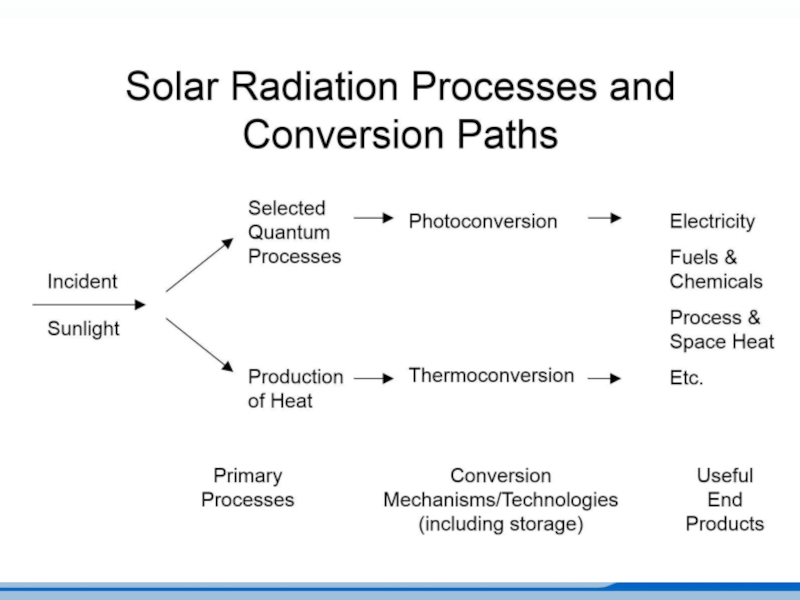
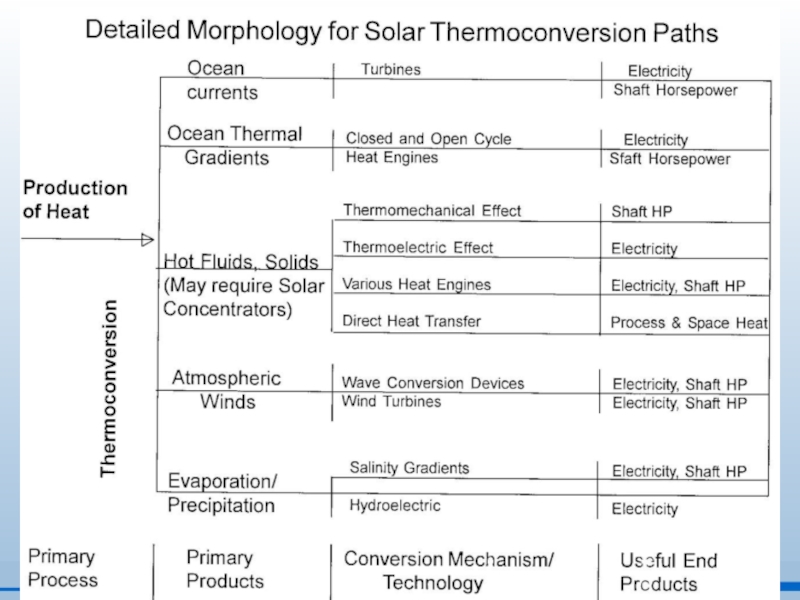
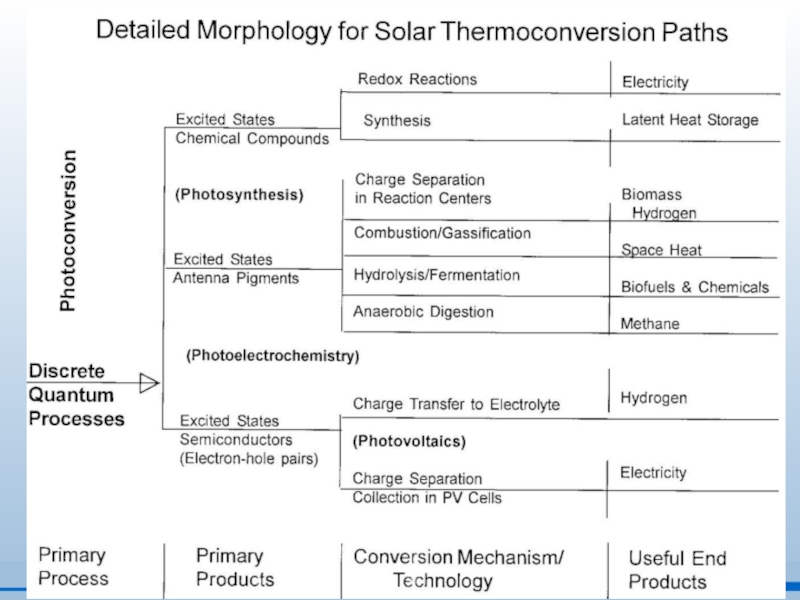
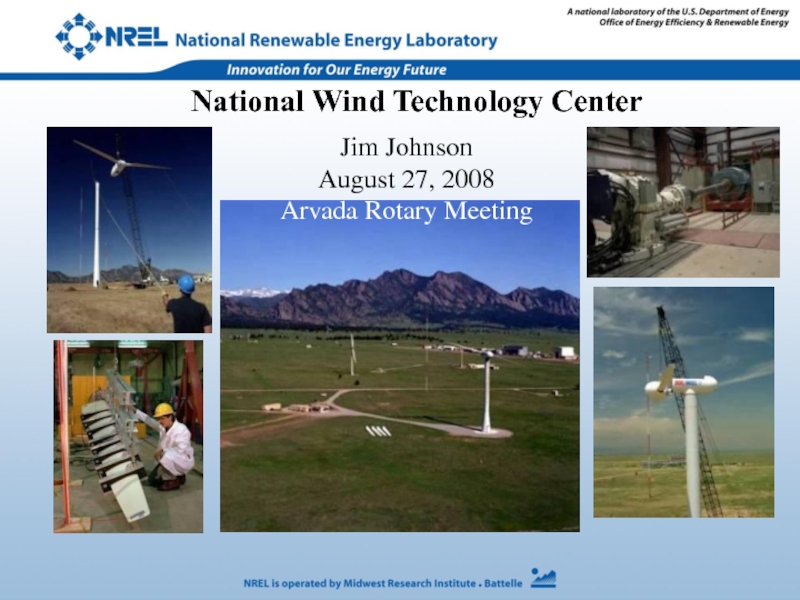
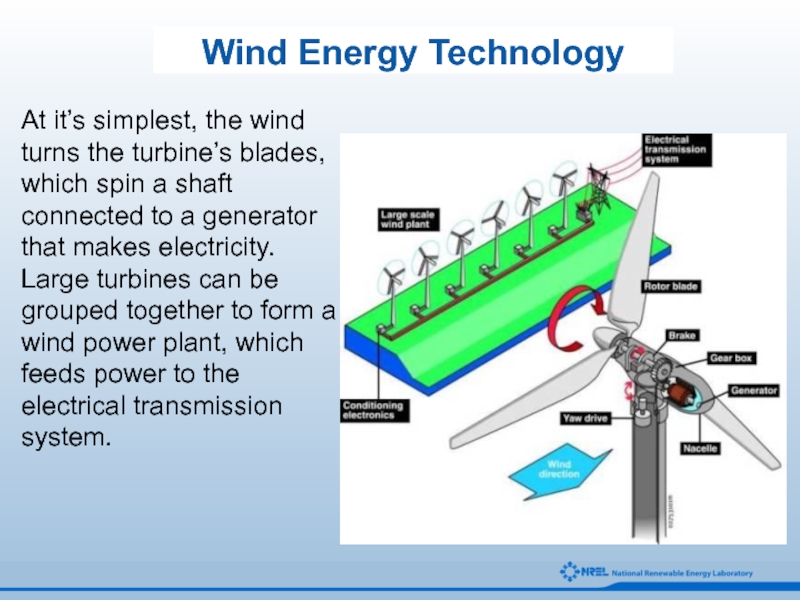
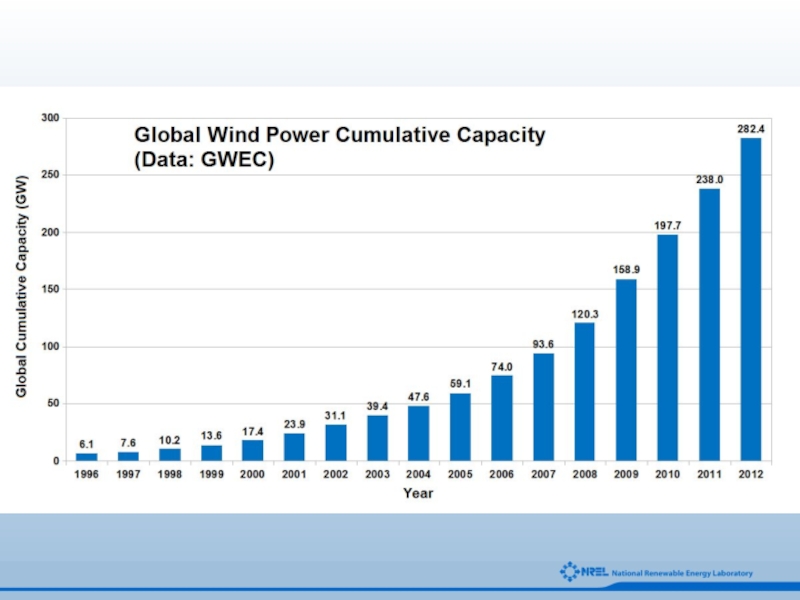
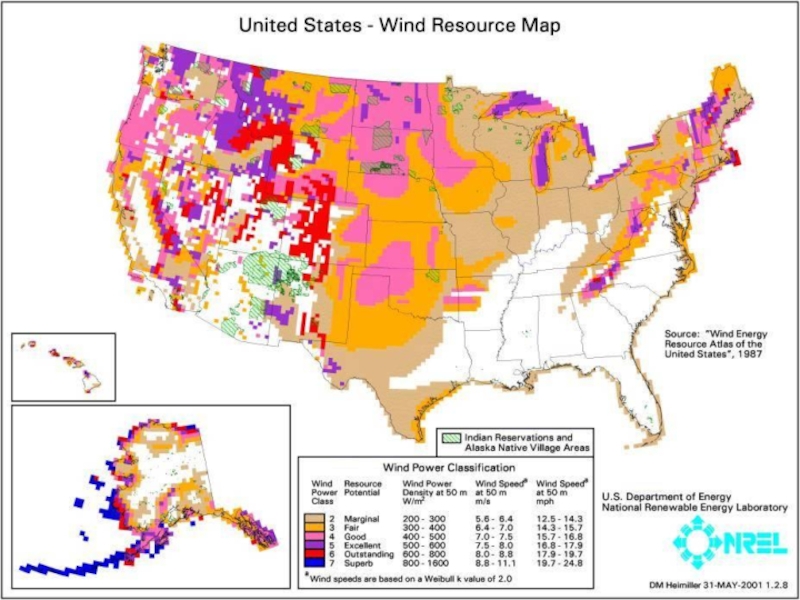
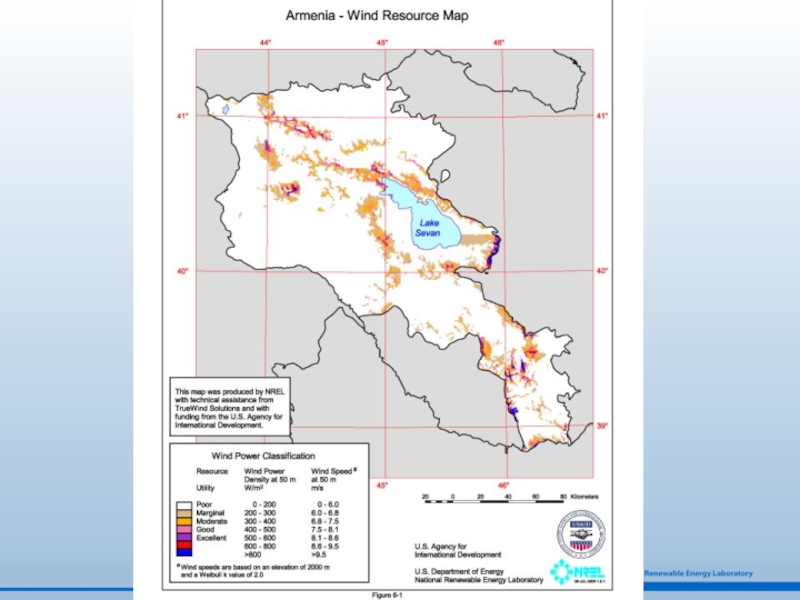
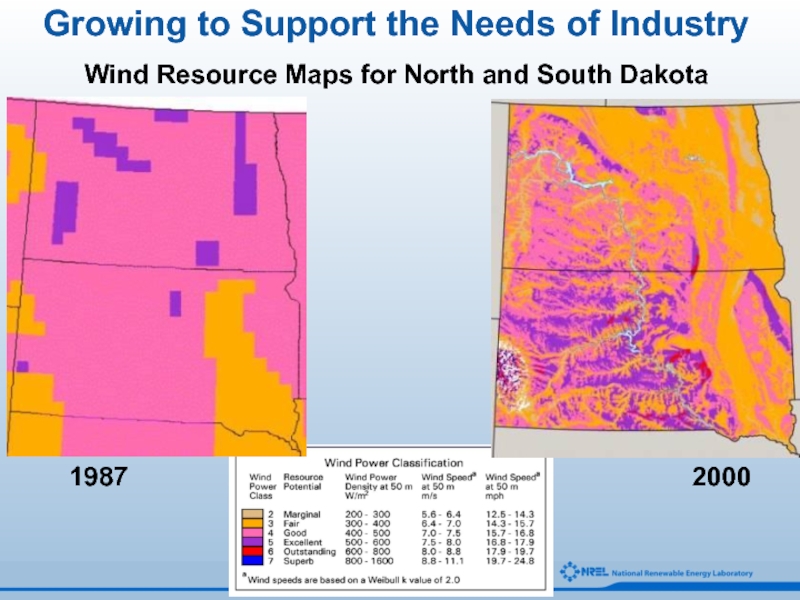
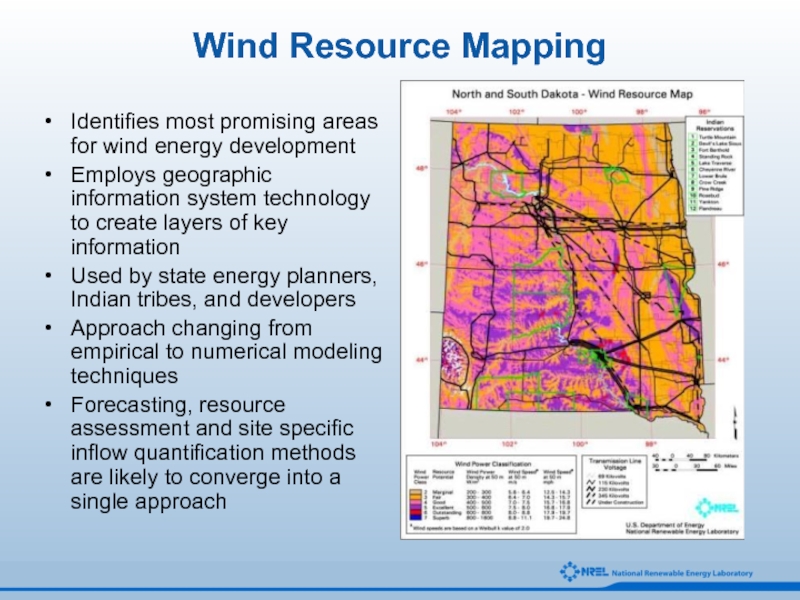
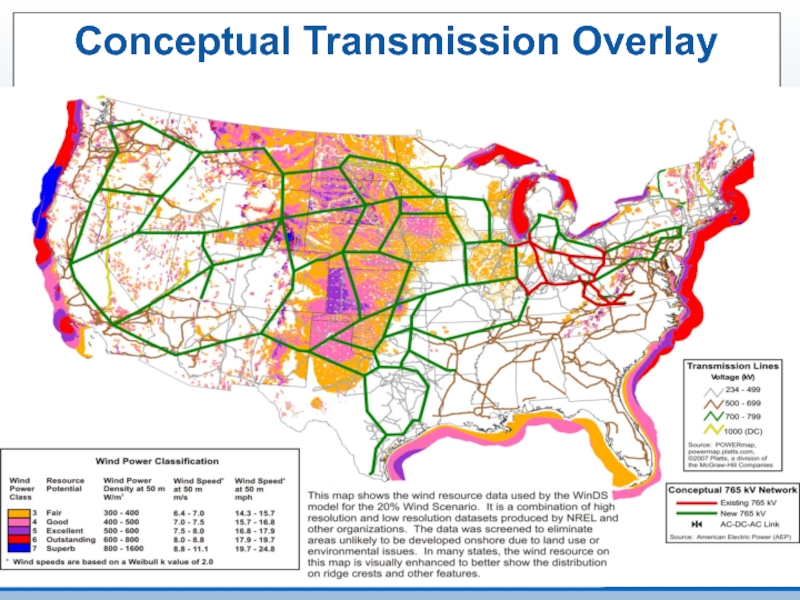
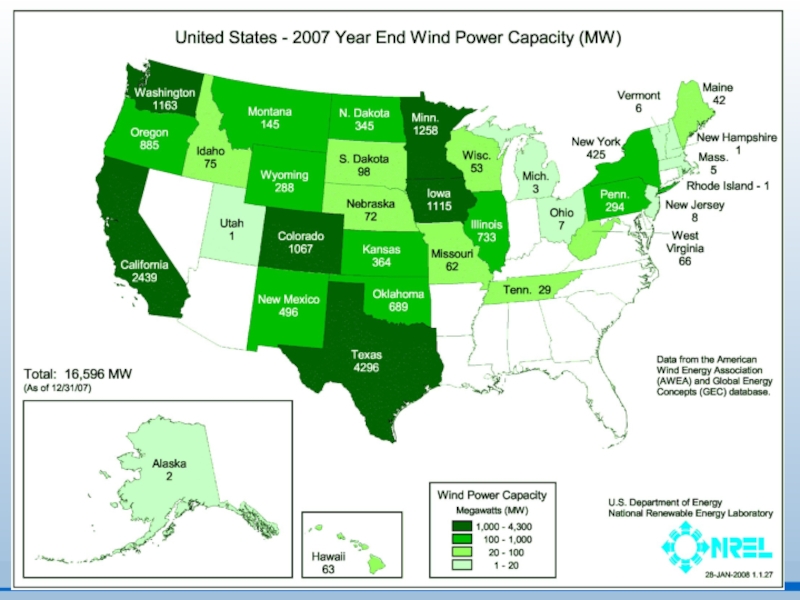
![246810121990COE (¢/kWh [constant 2000 $])Low wind speed sites199520002005201020152020High wind speed sitesNew Bulk Power Competitive Price](/img/tmb/4/308215/7ad0d97e1391c997b764551321caf515-800x.jpg)
